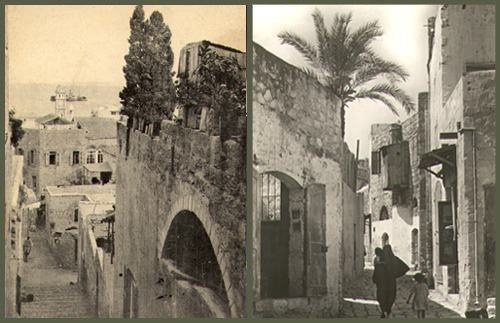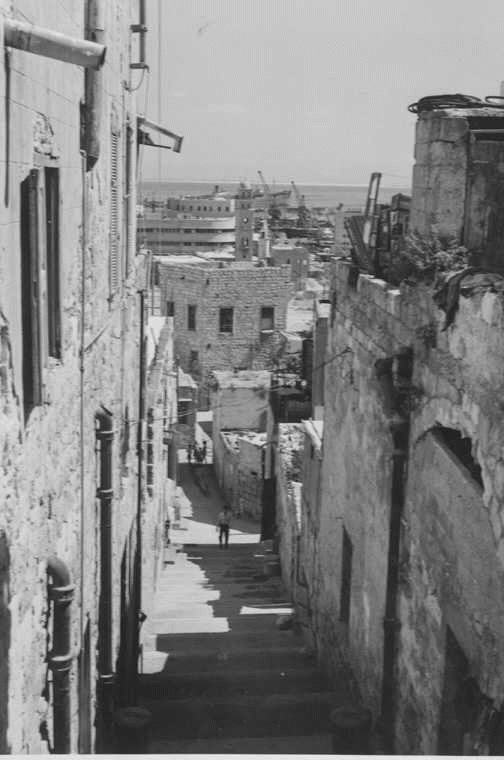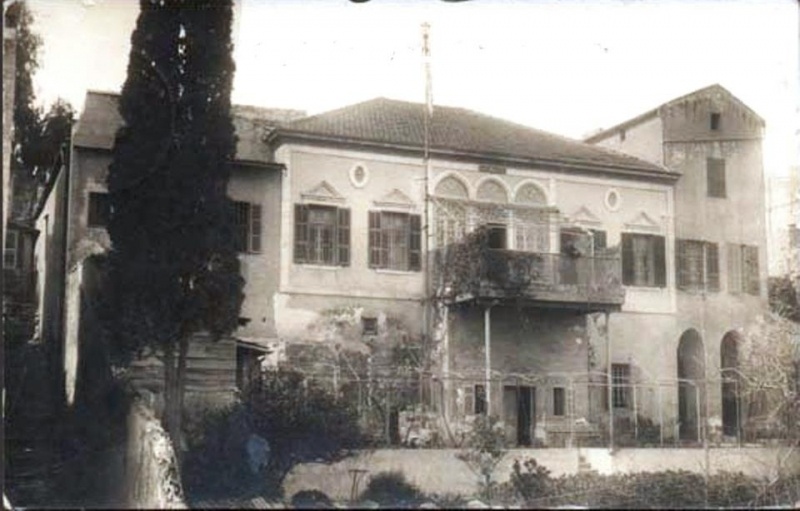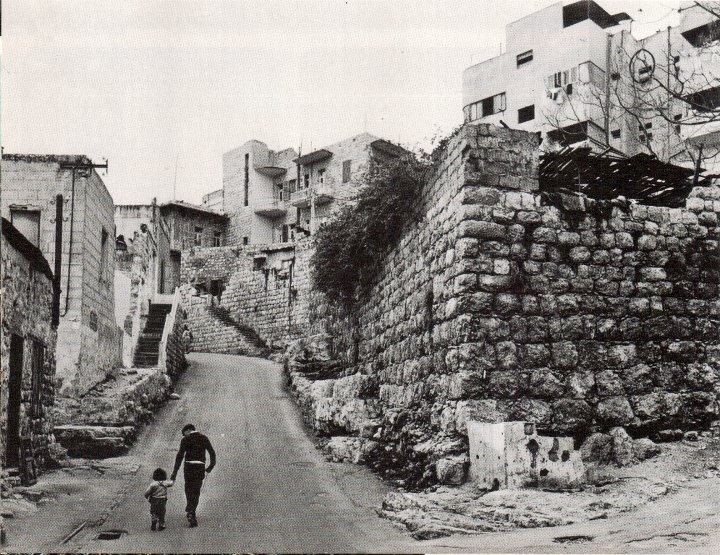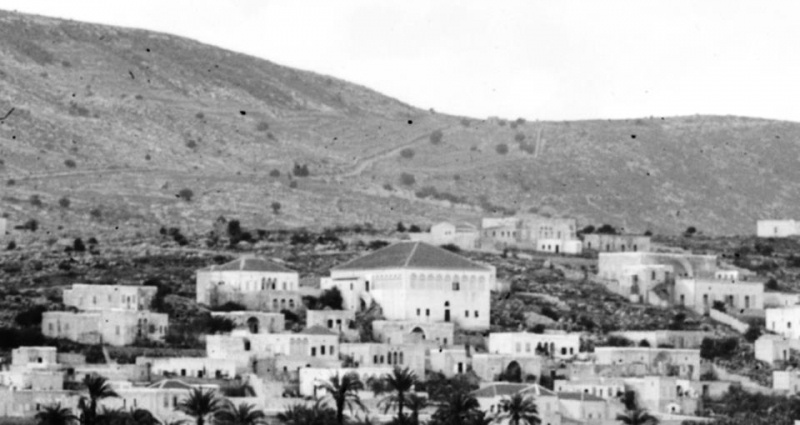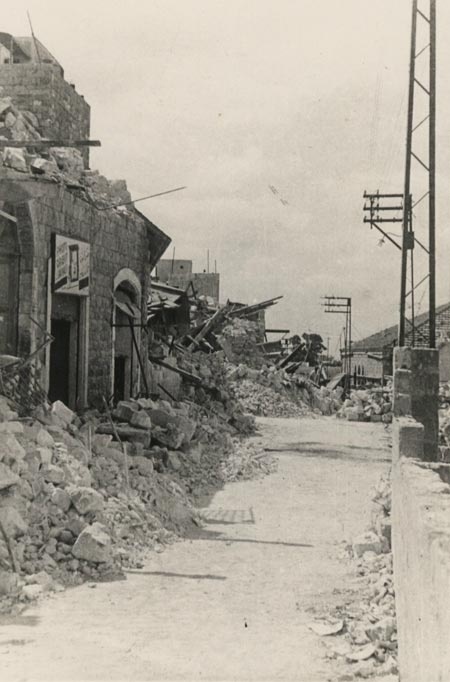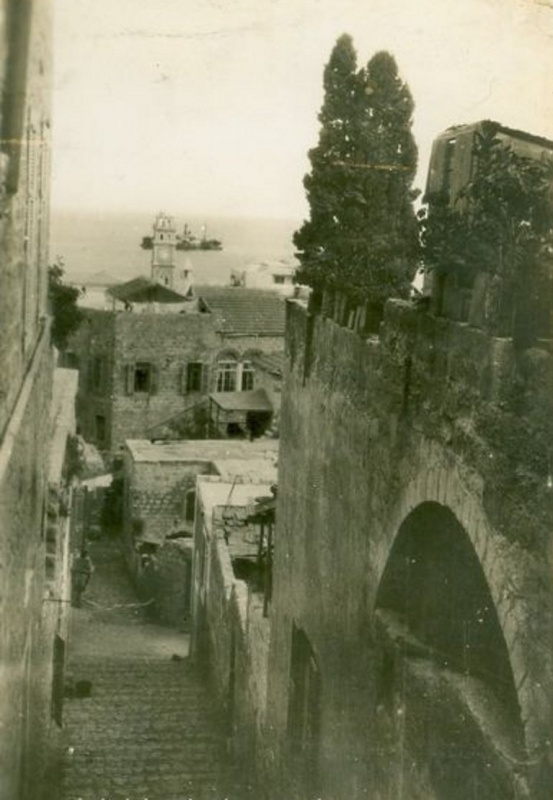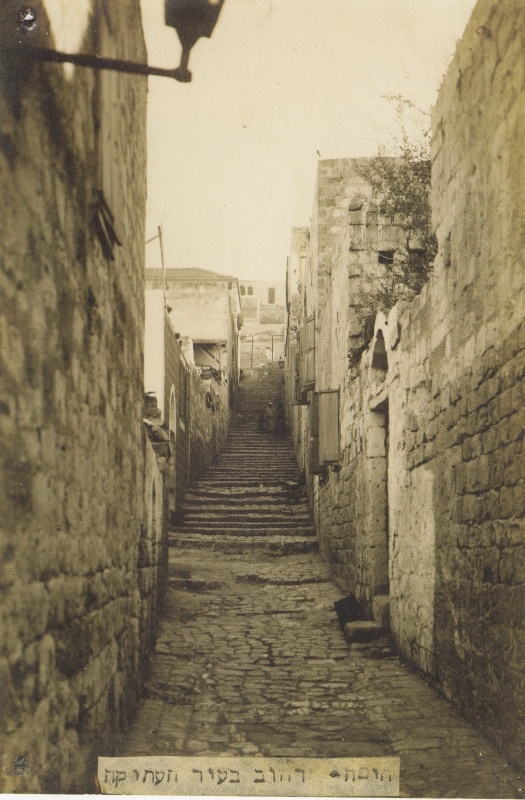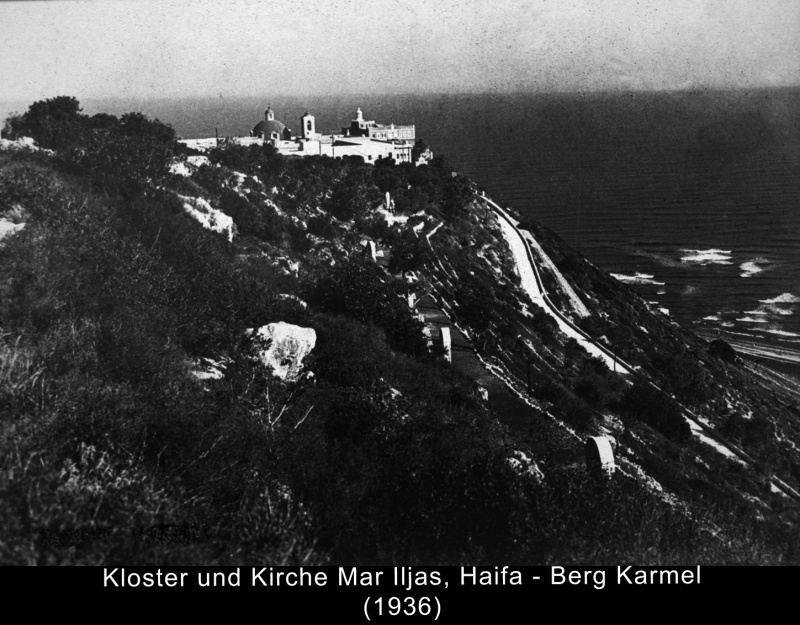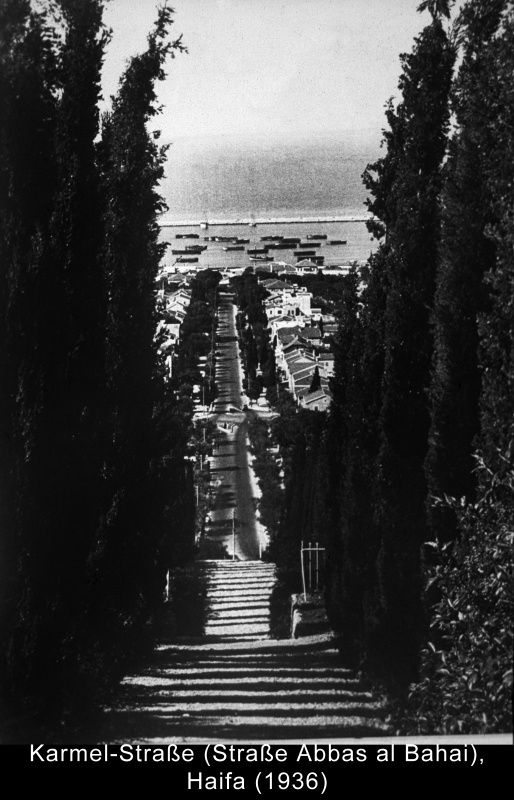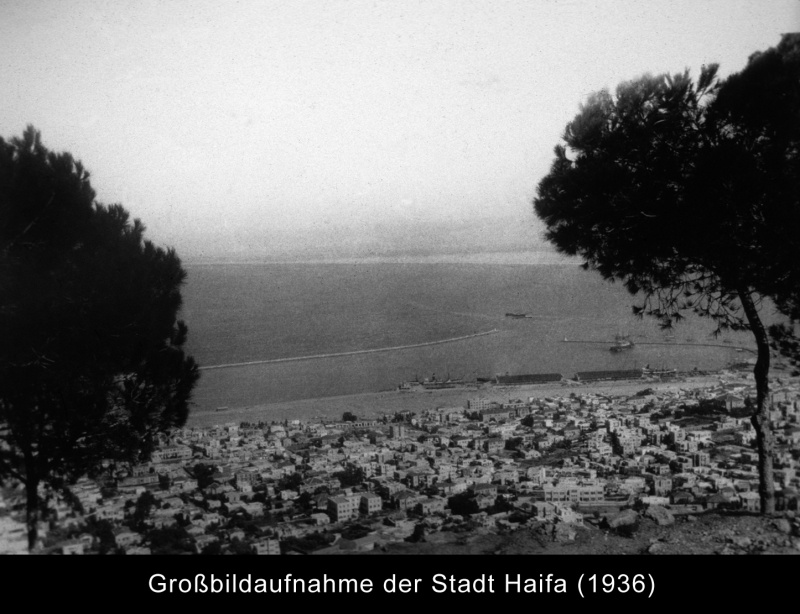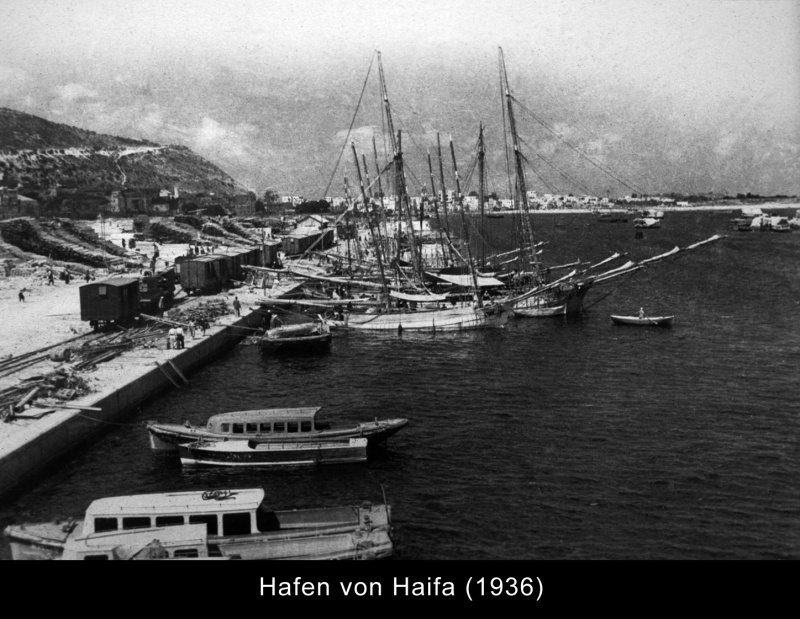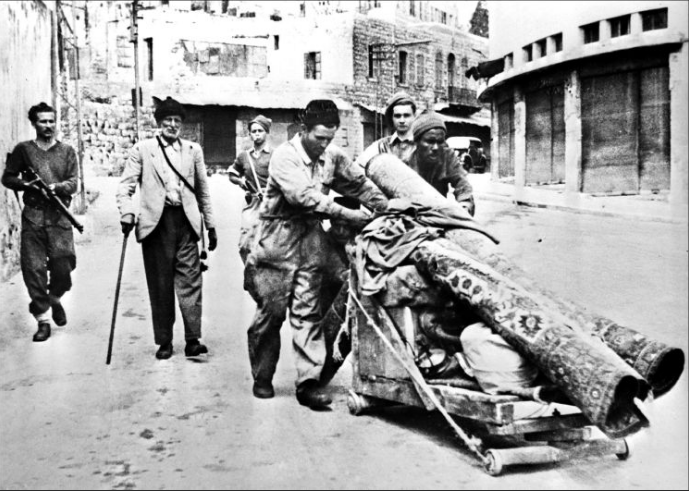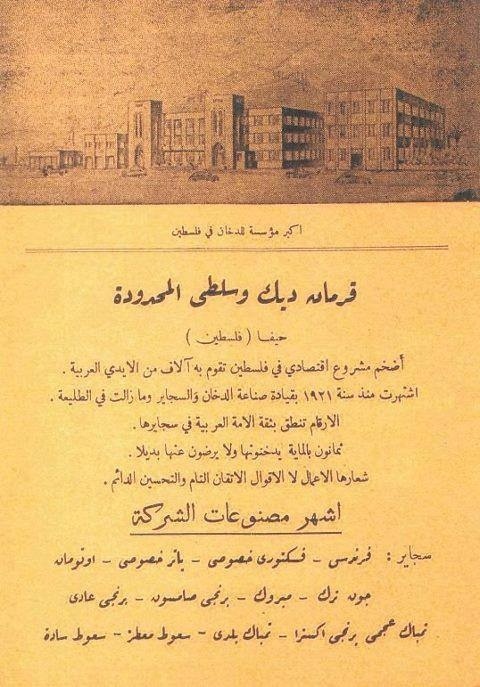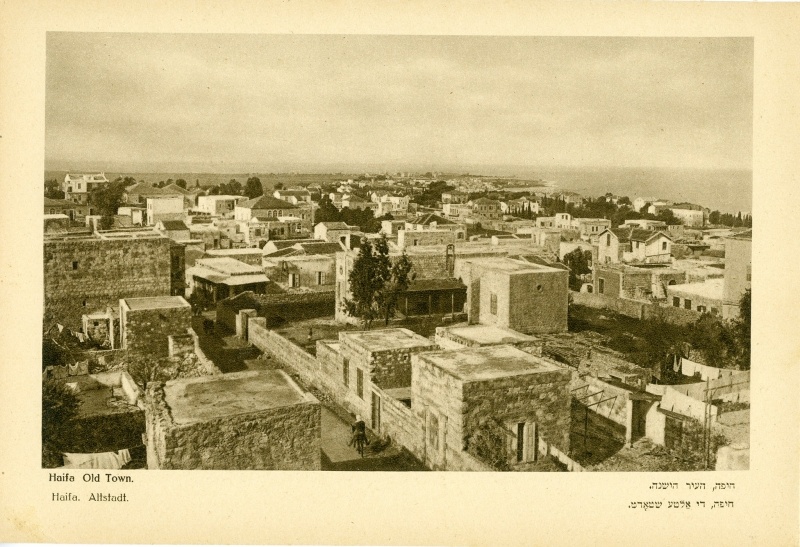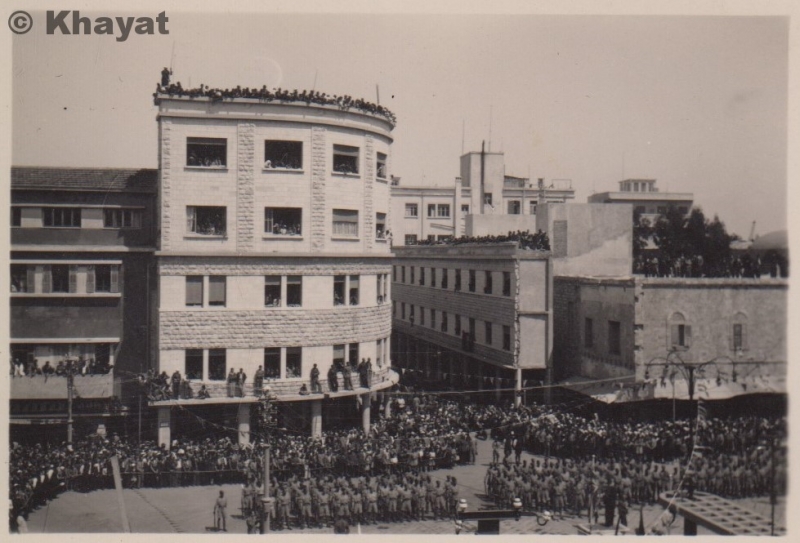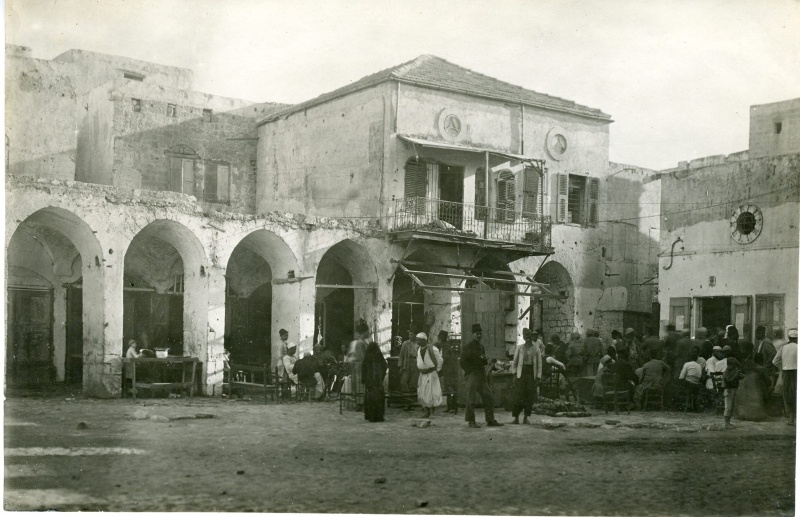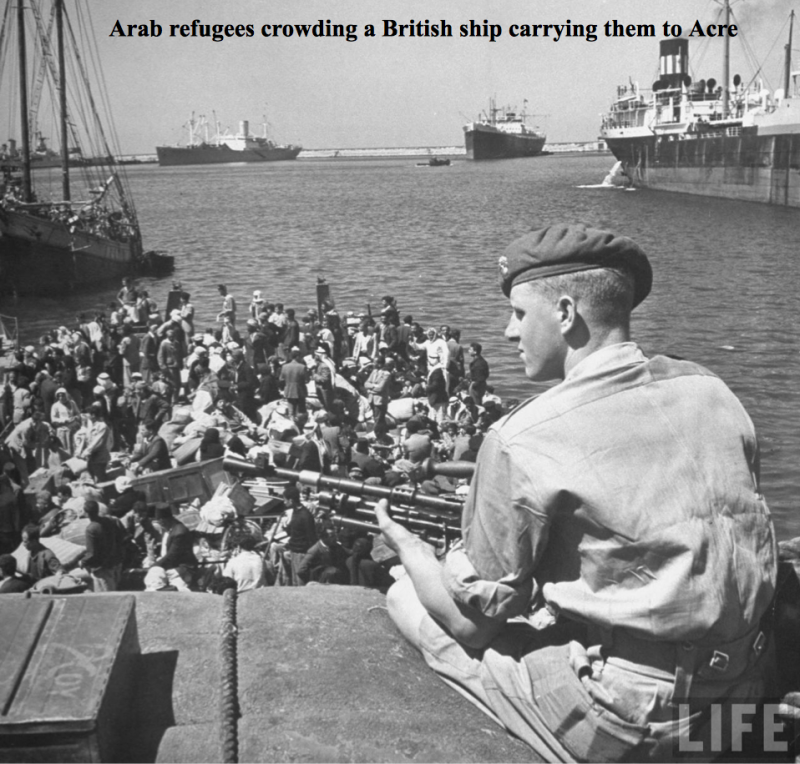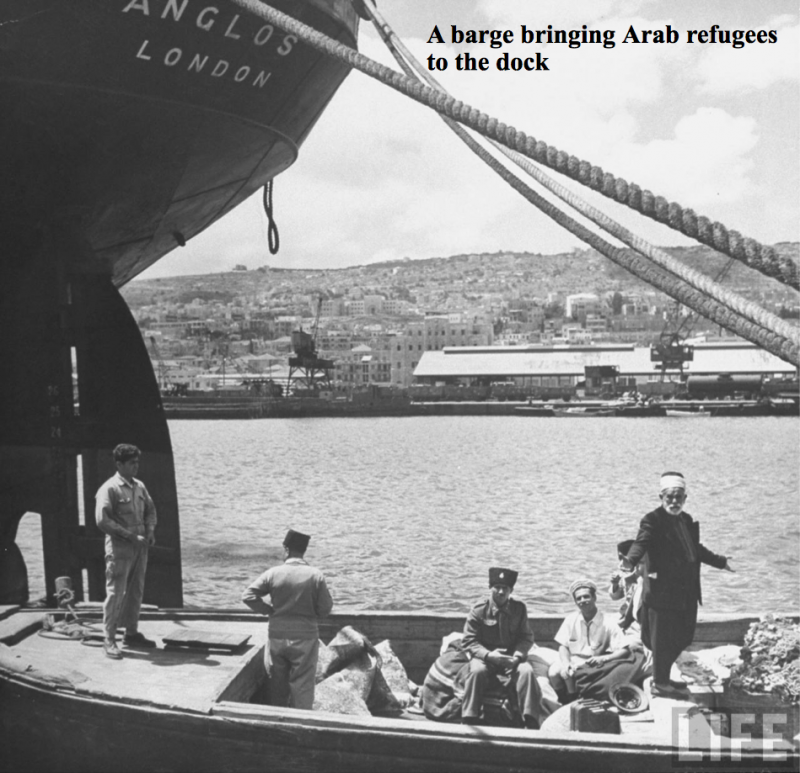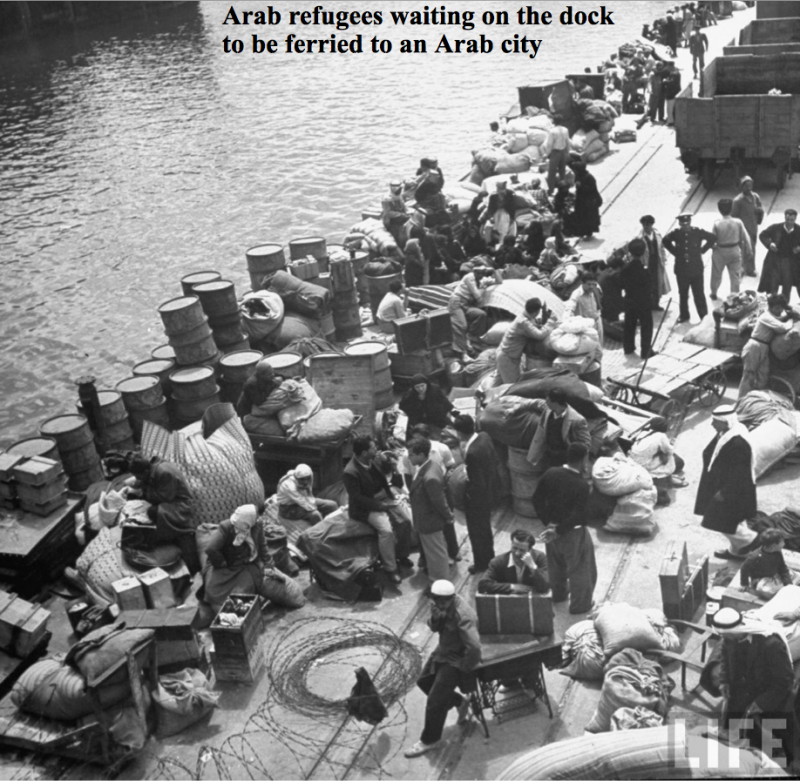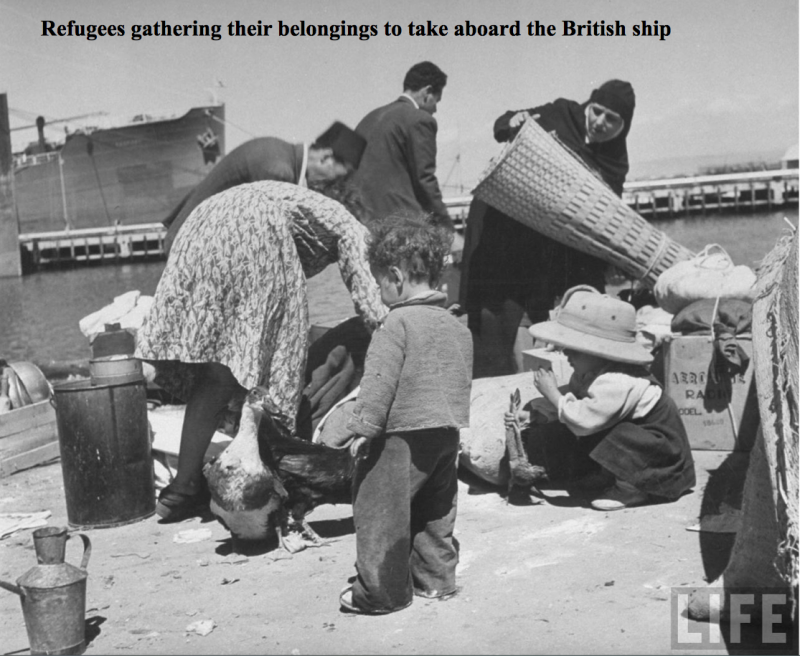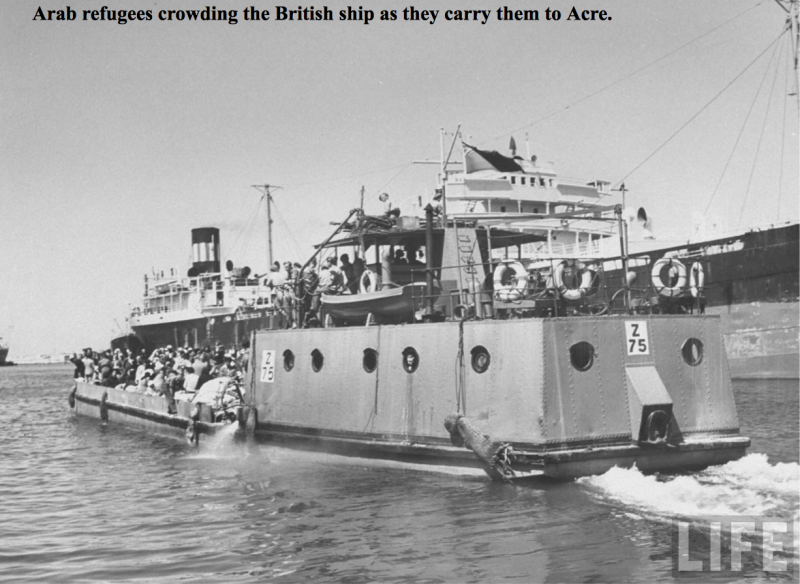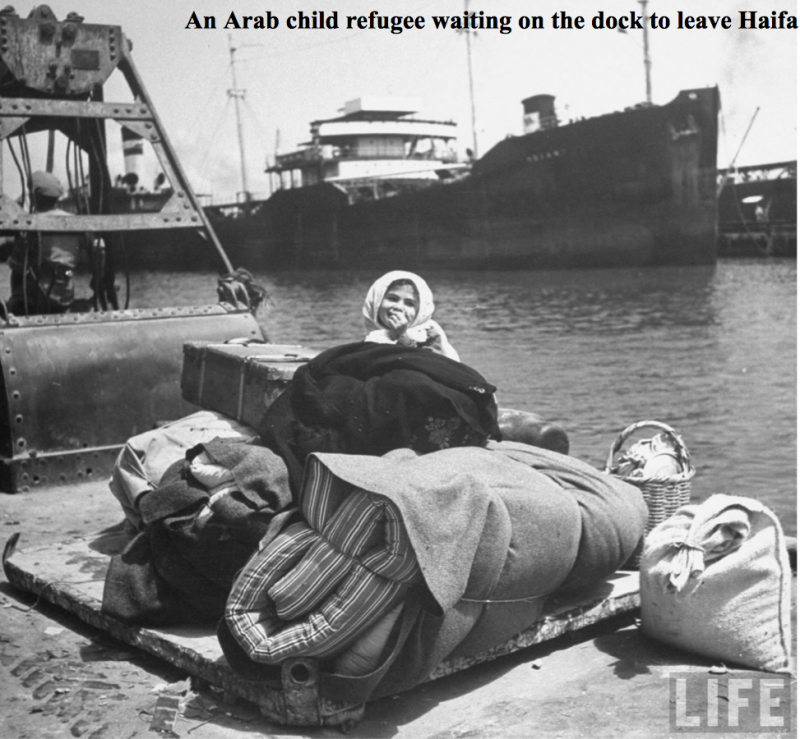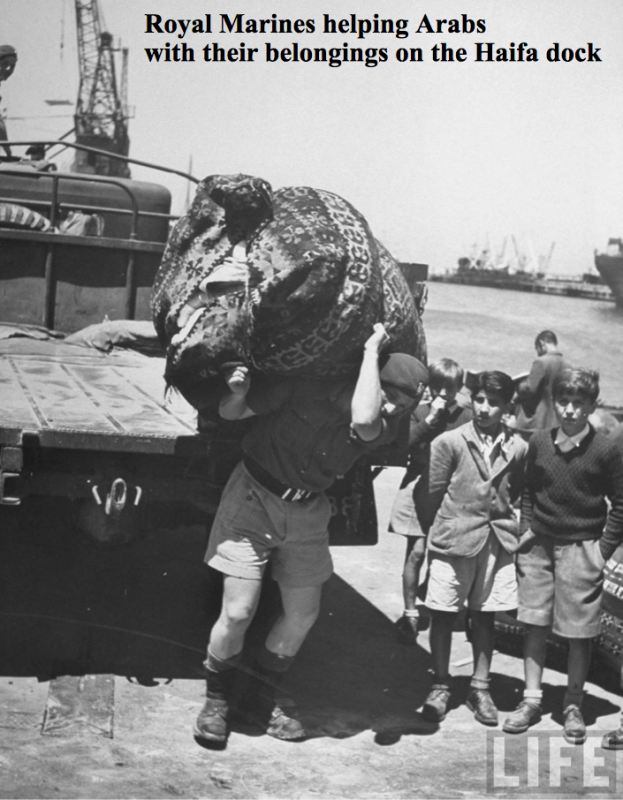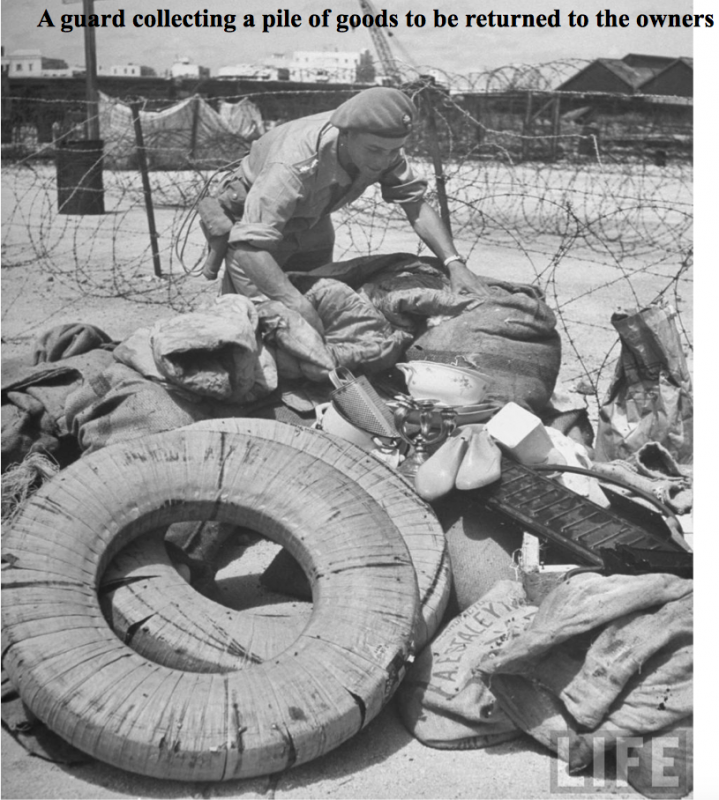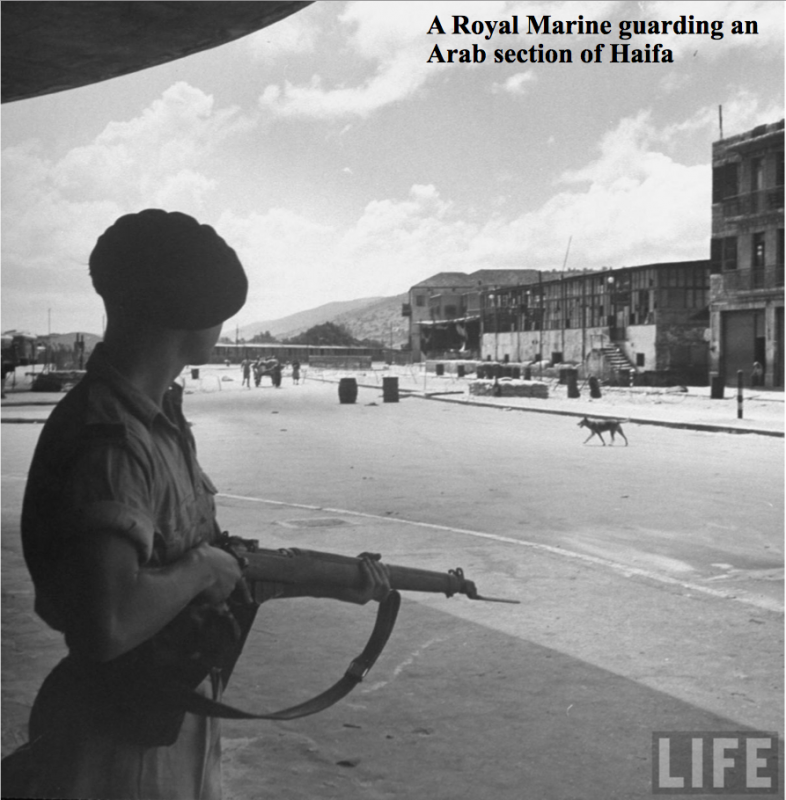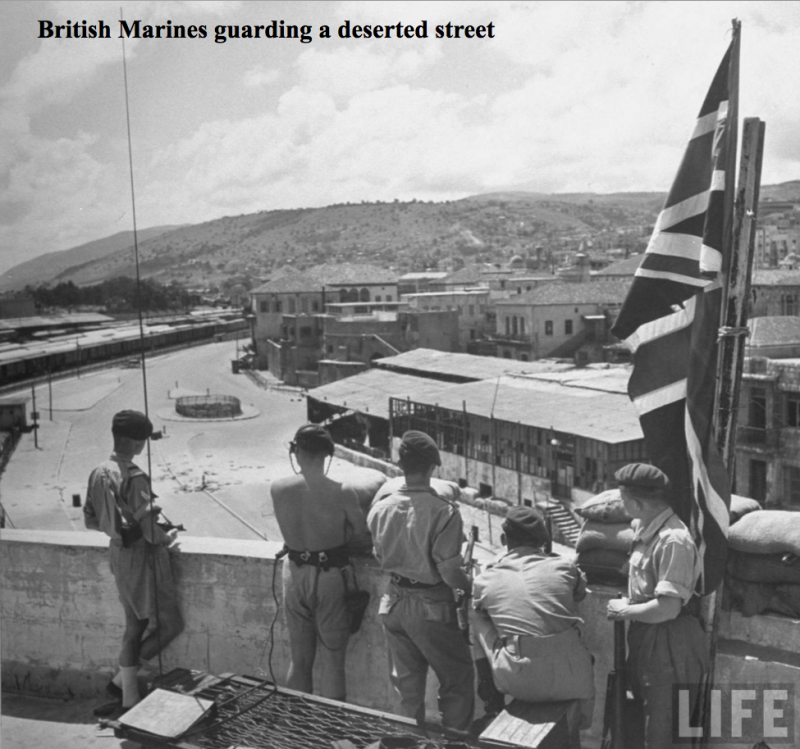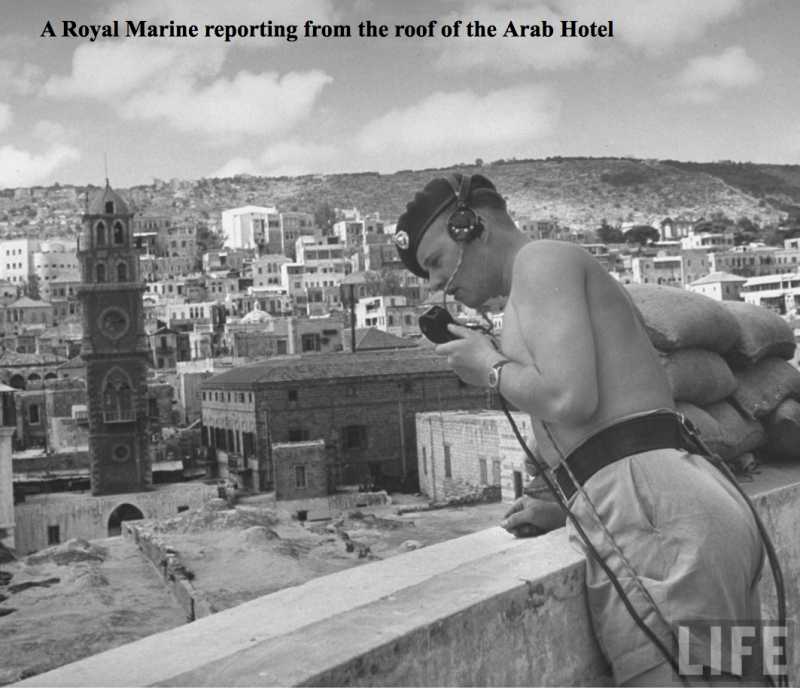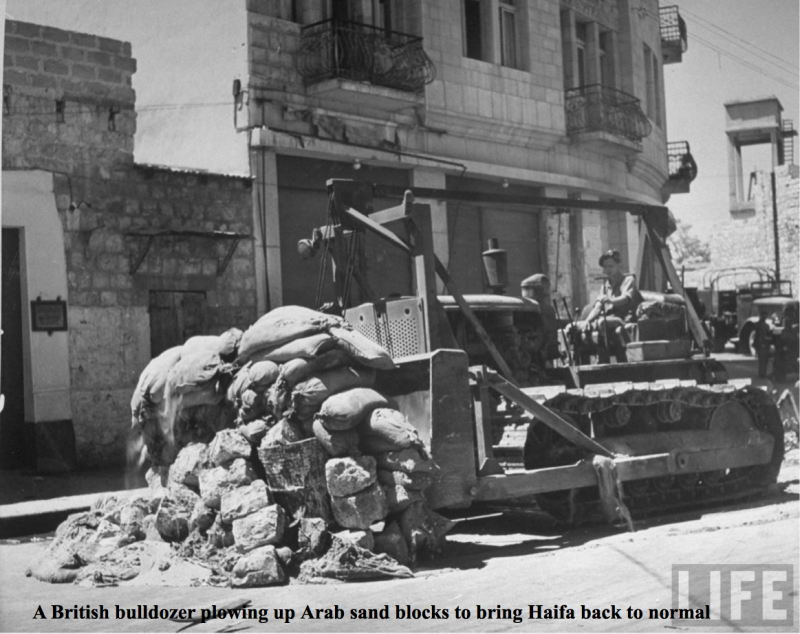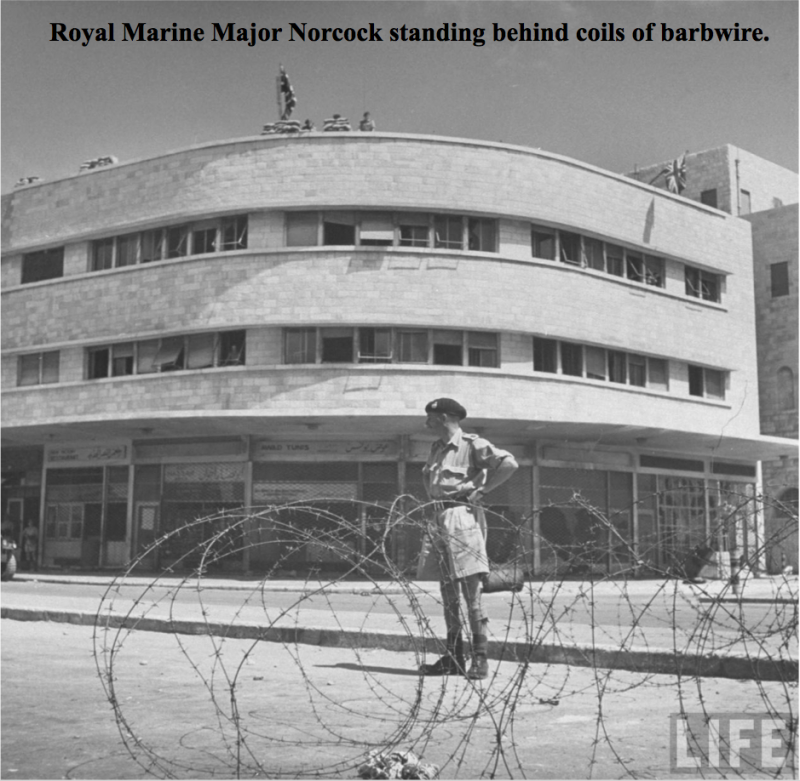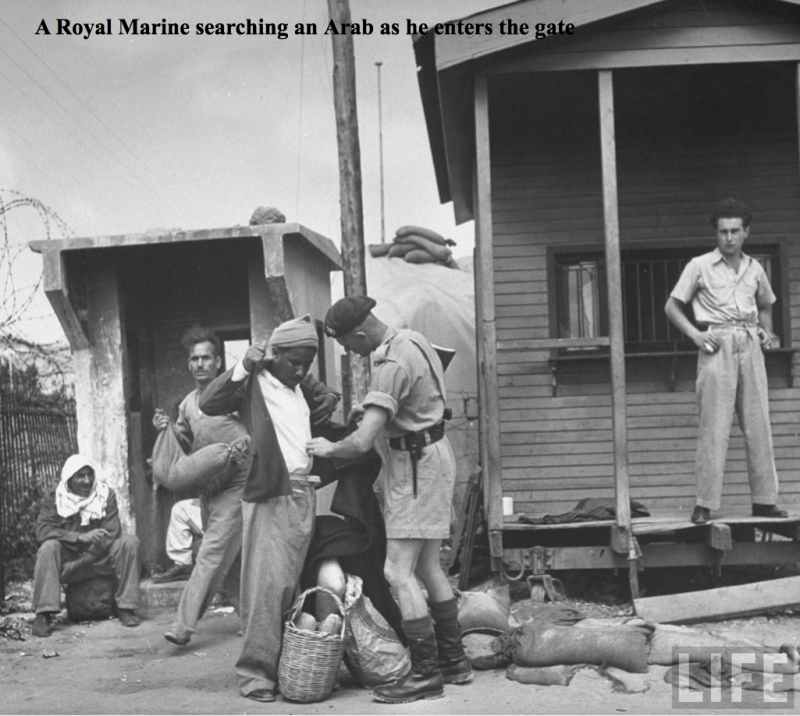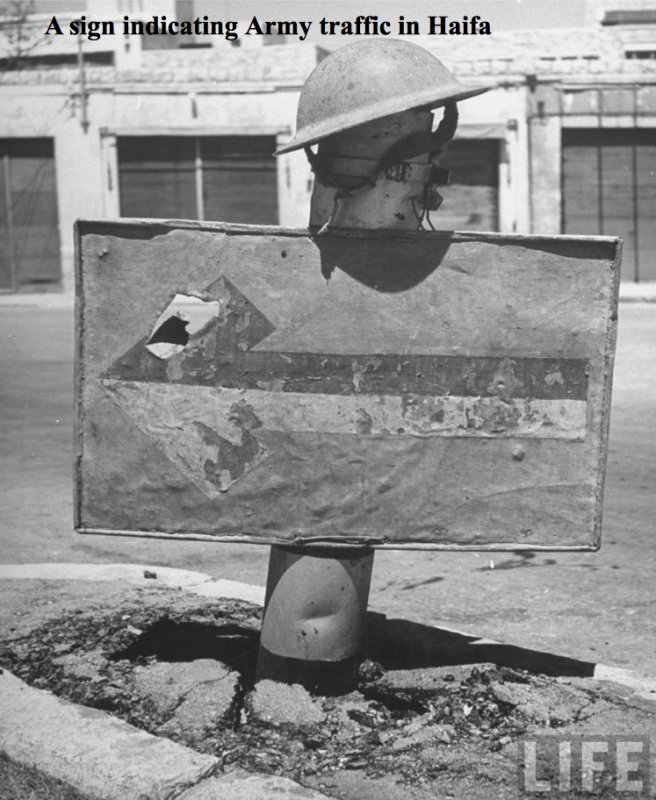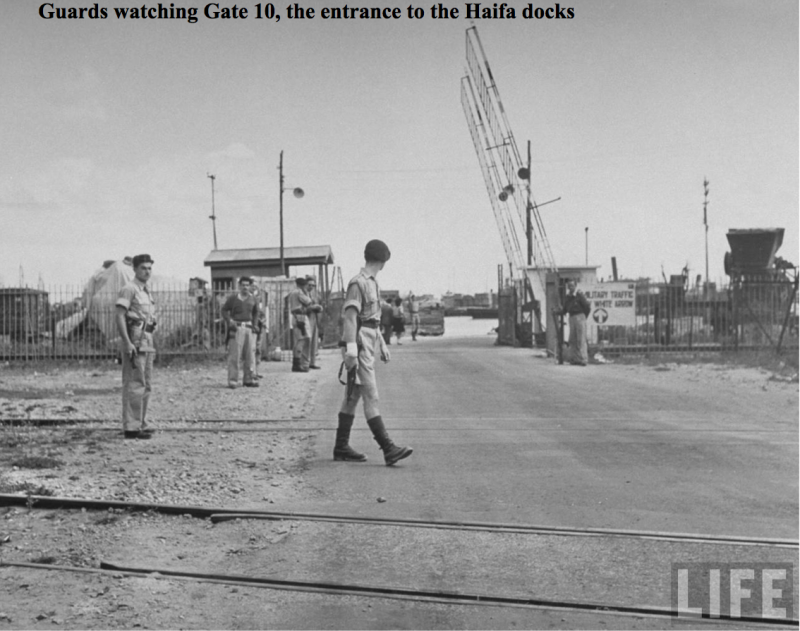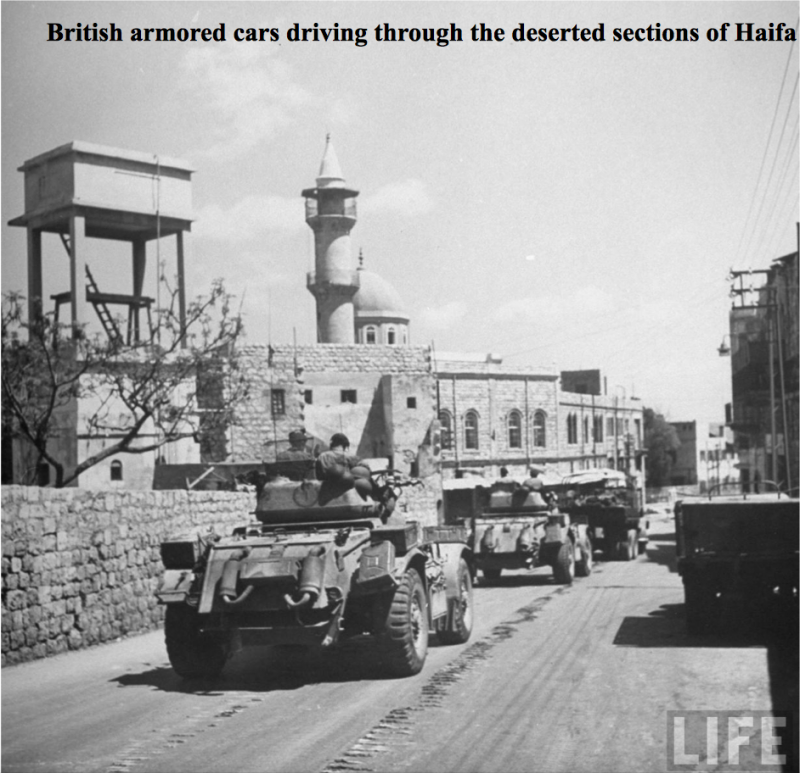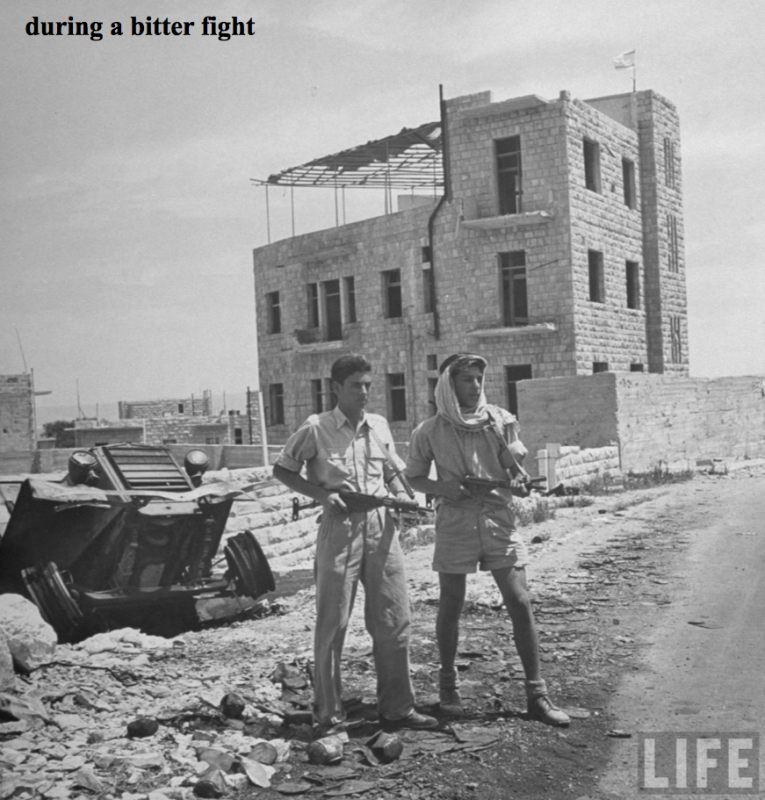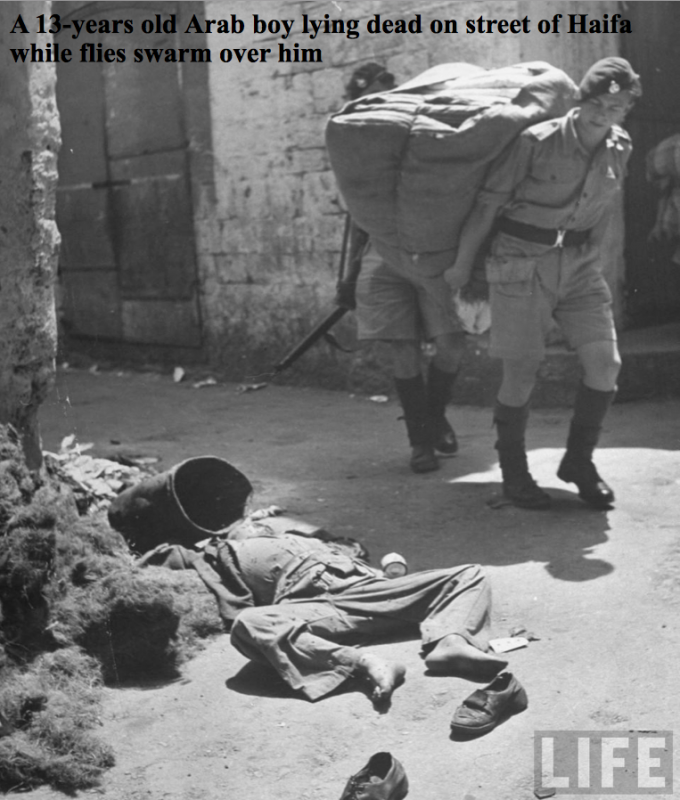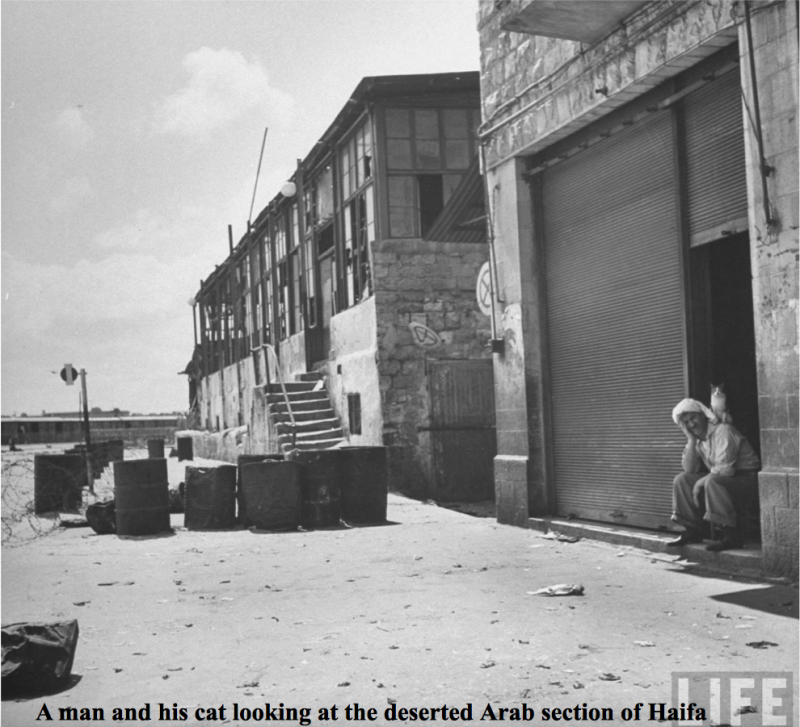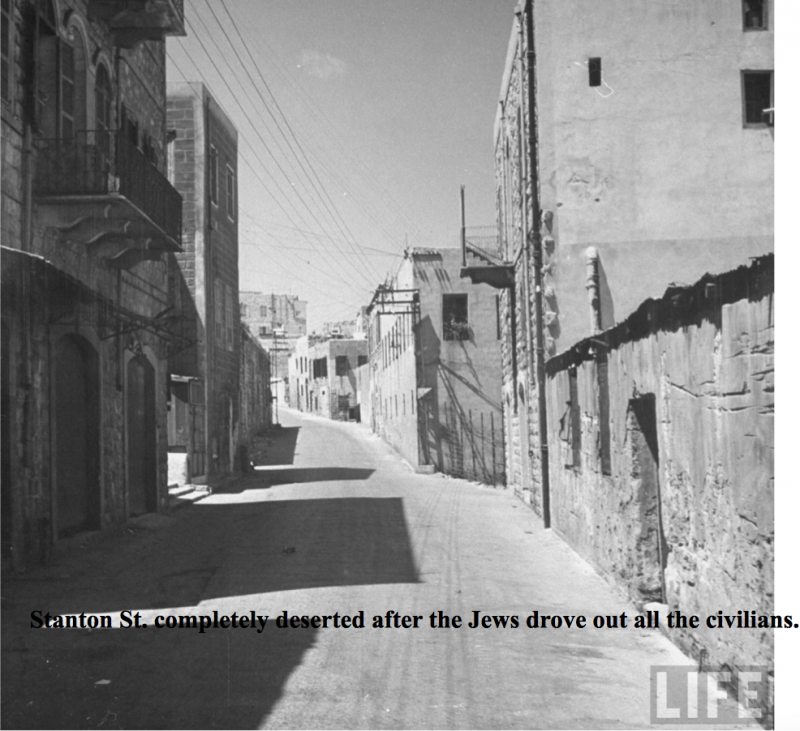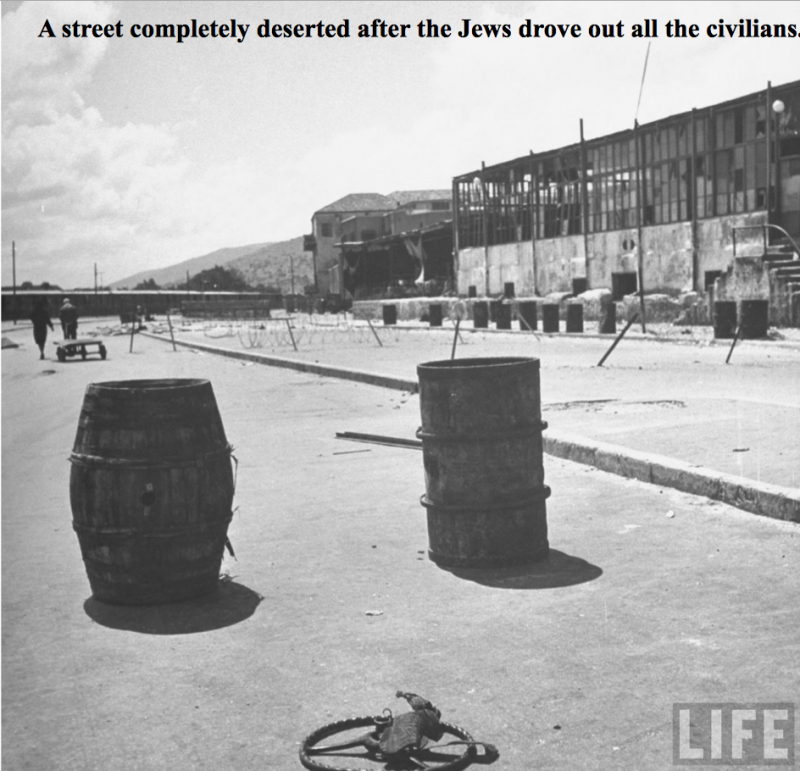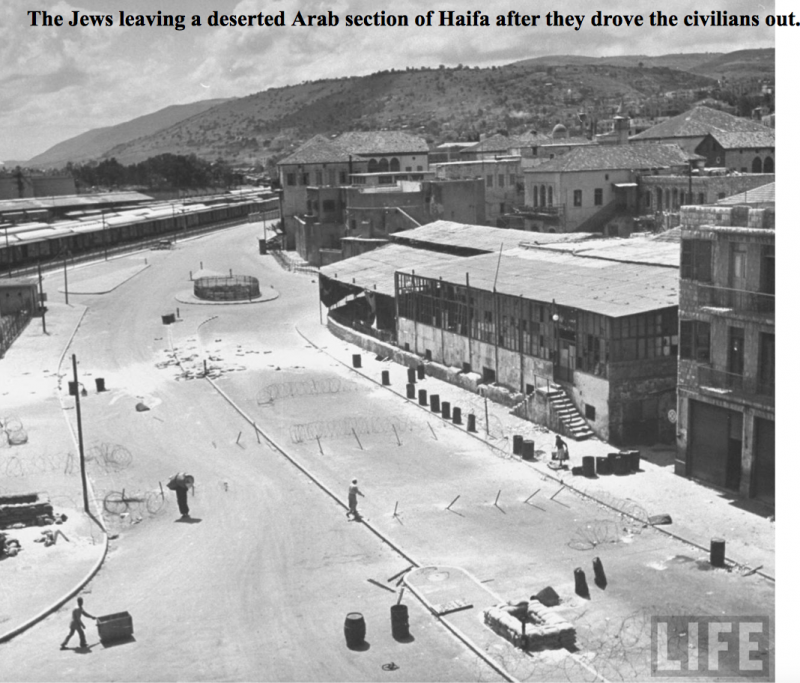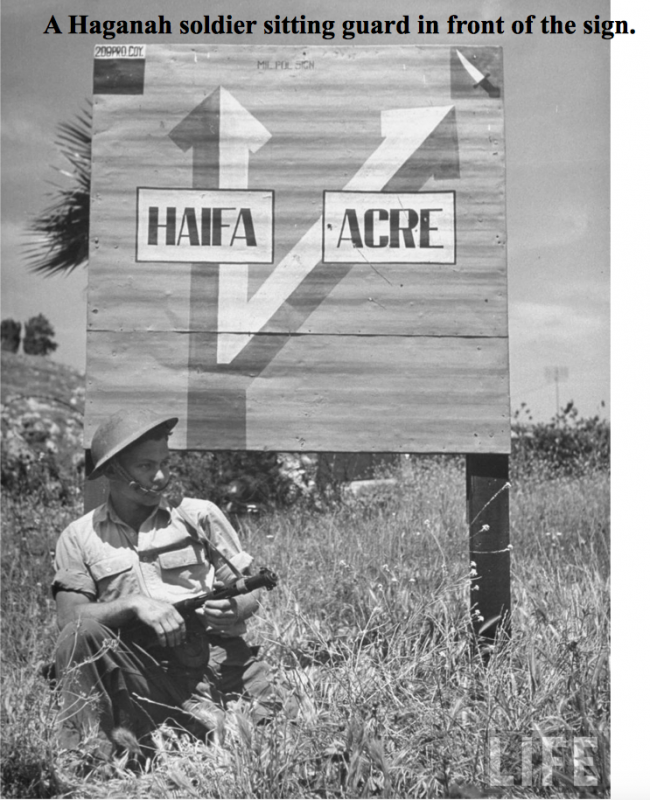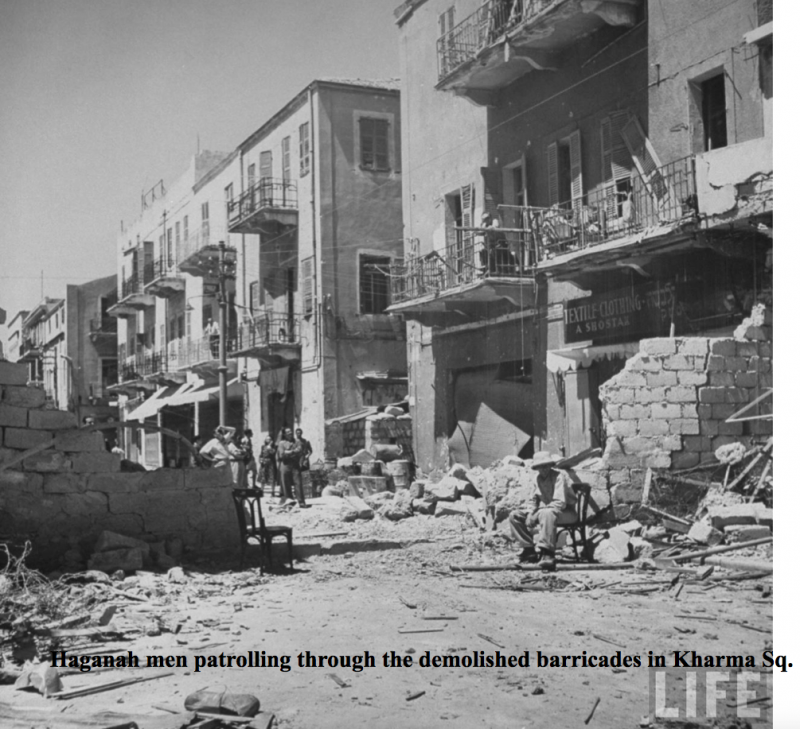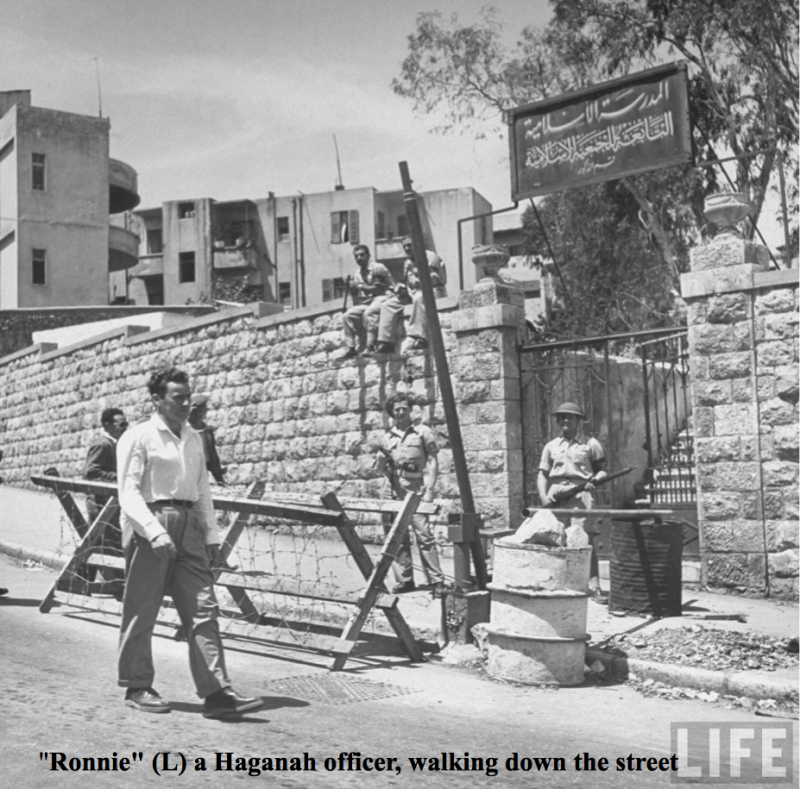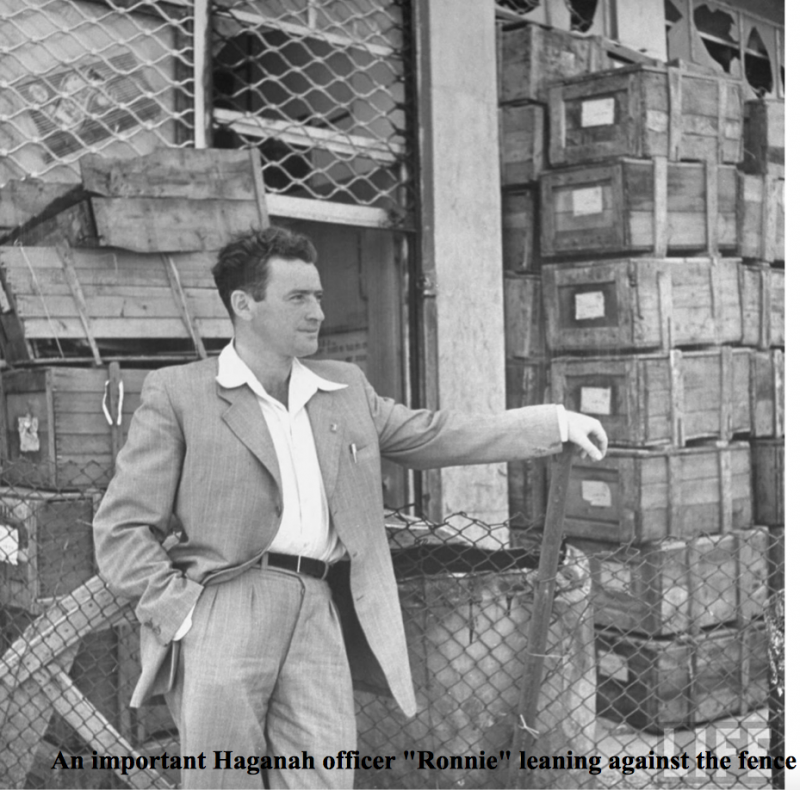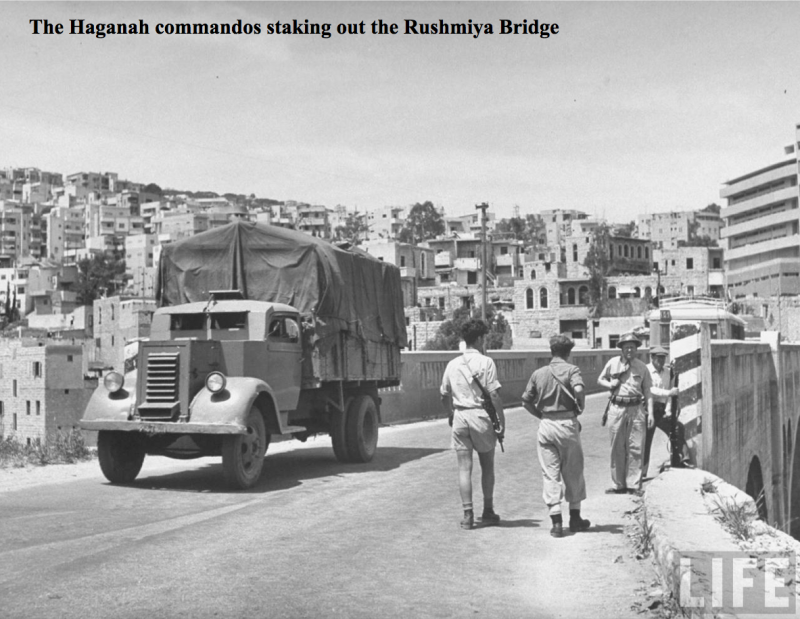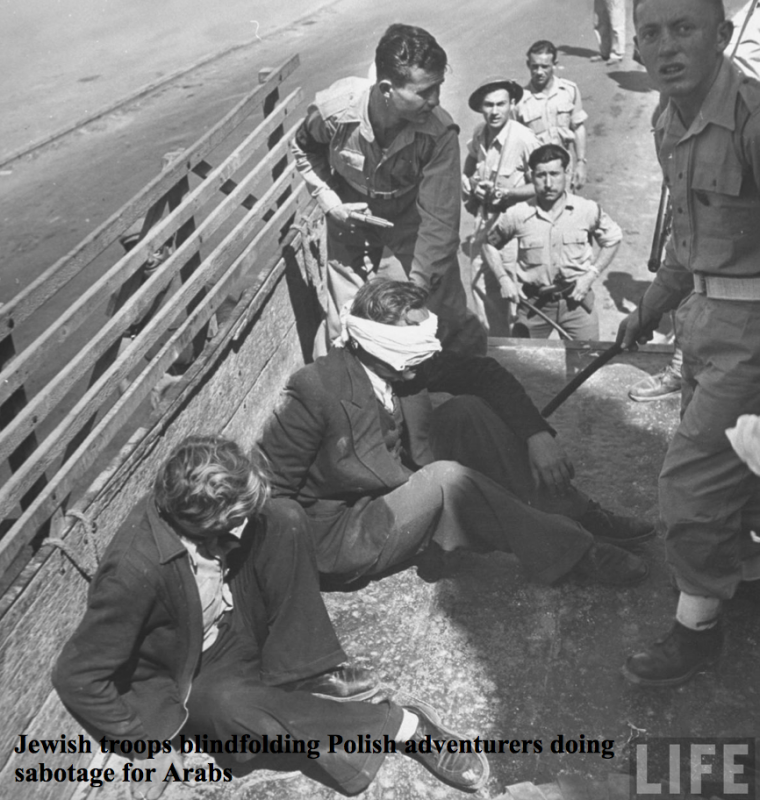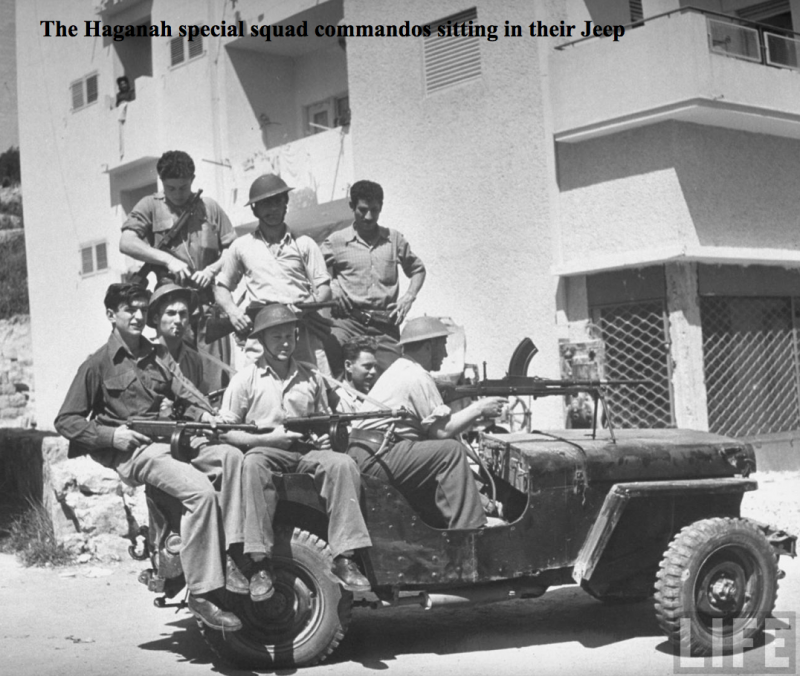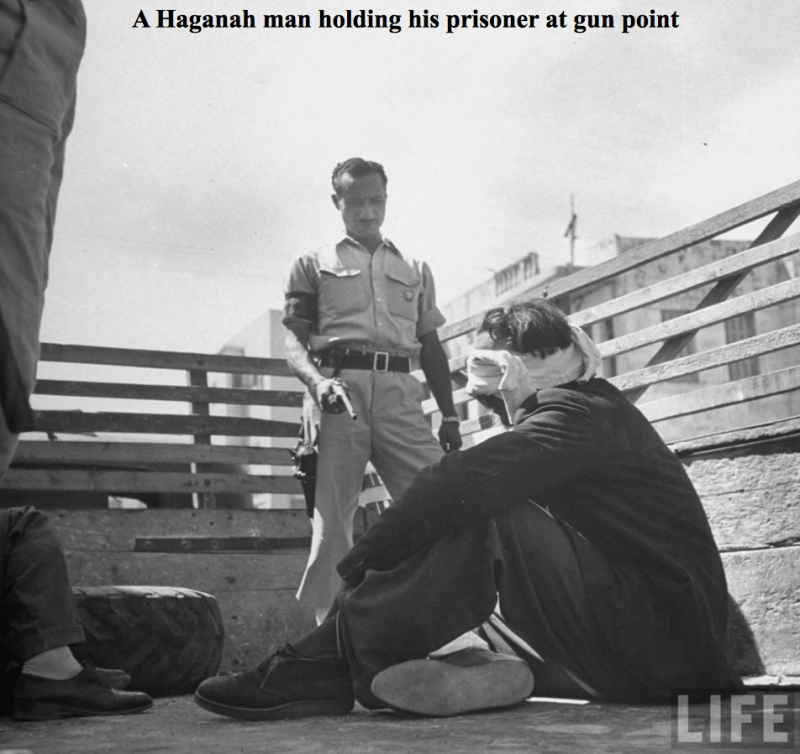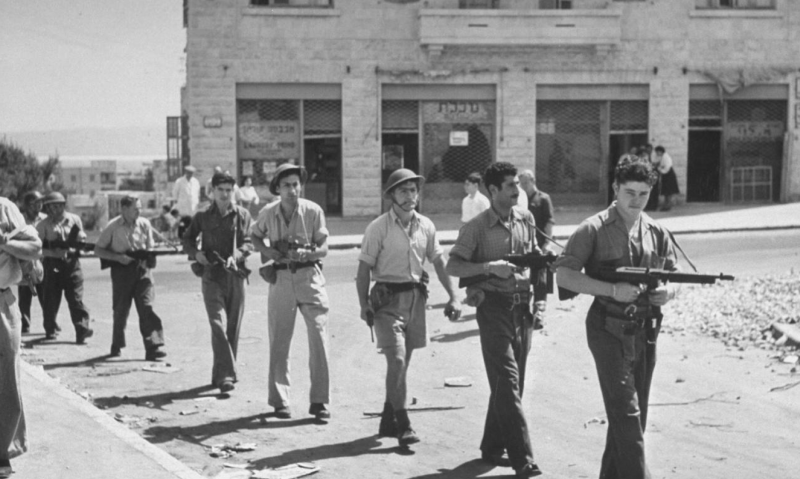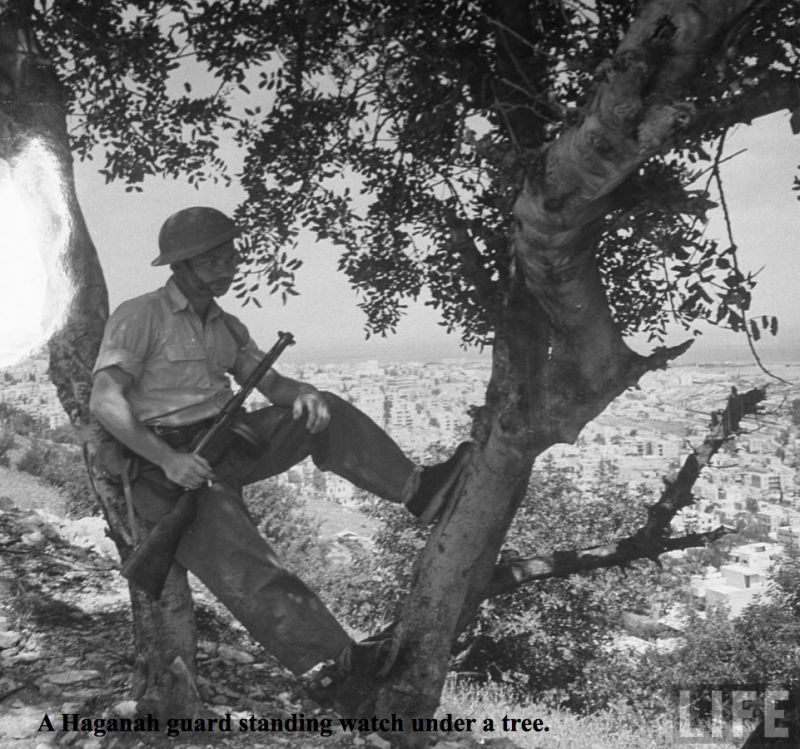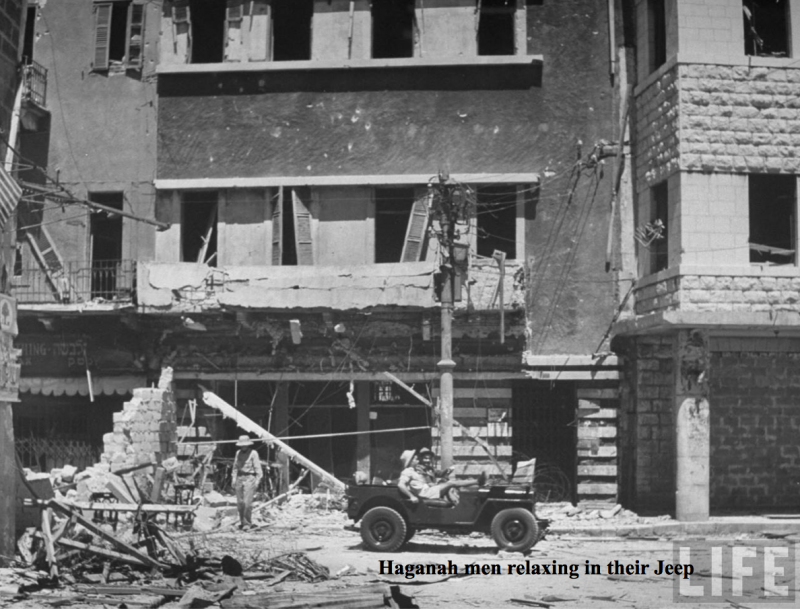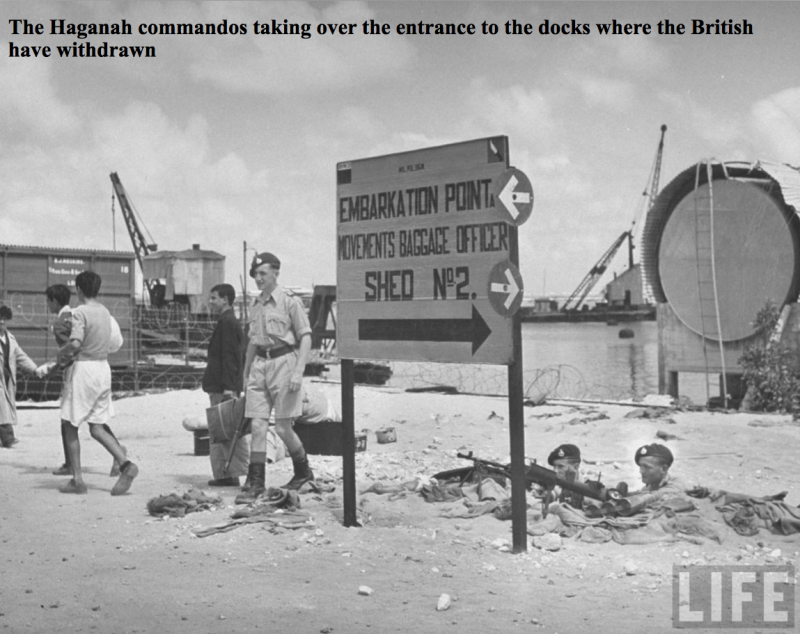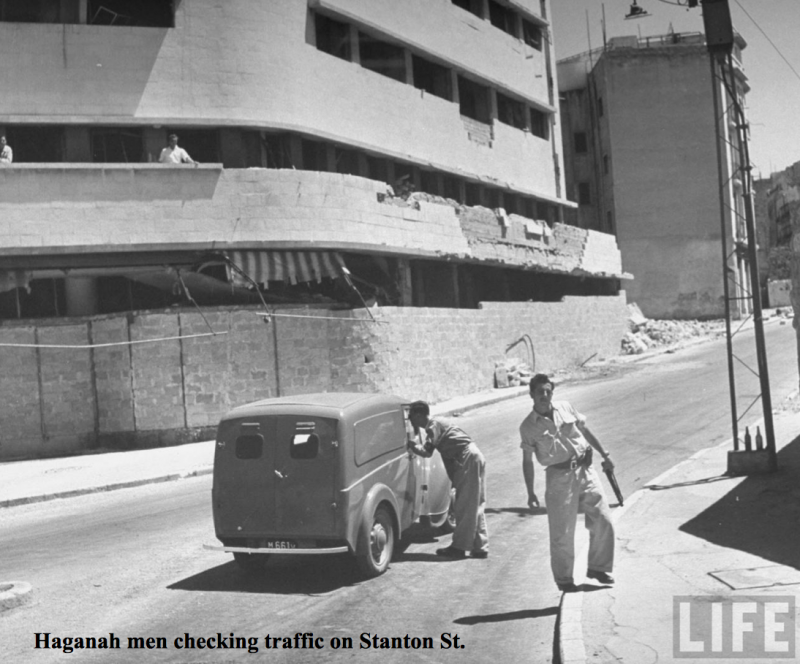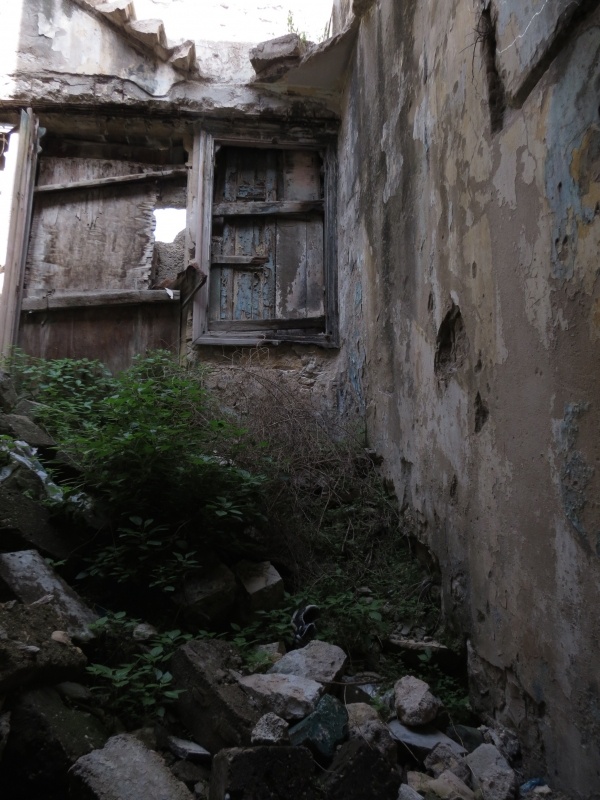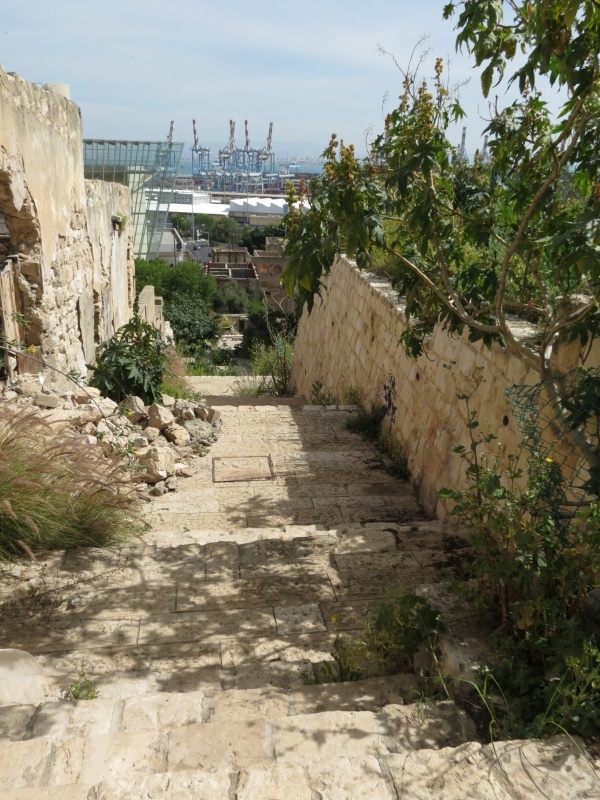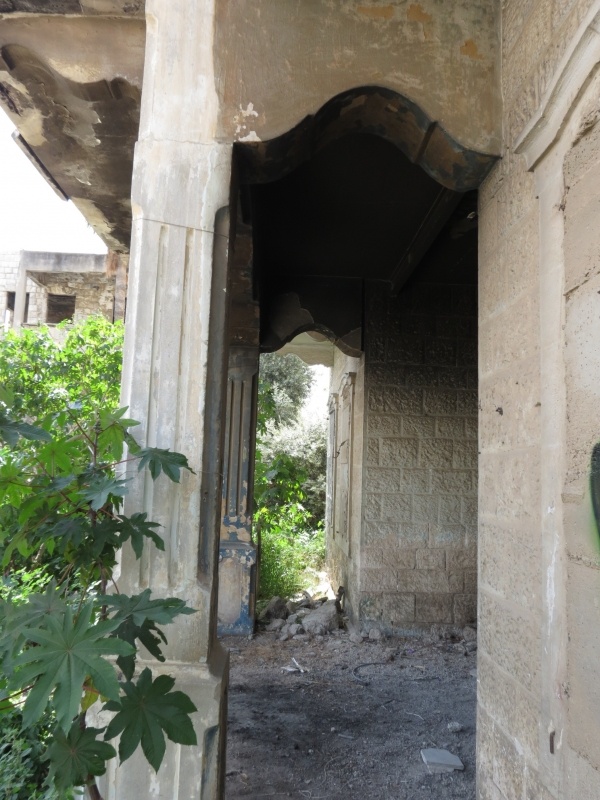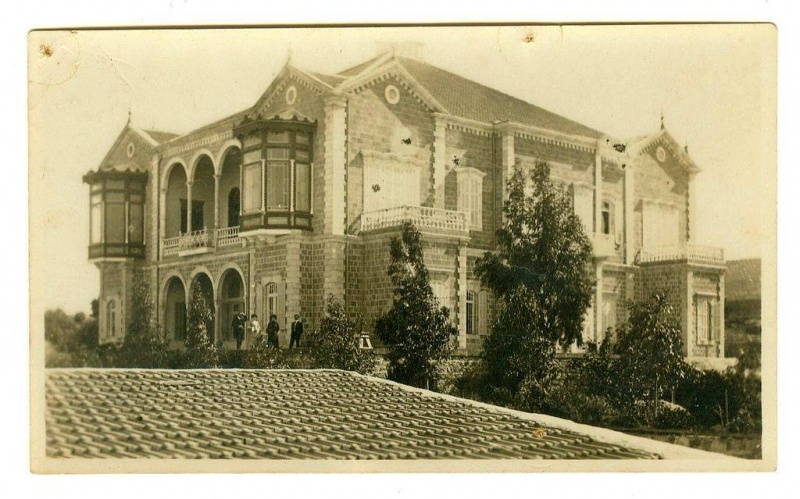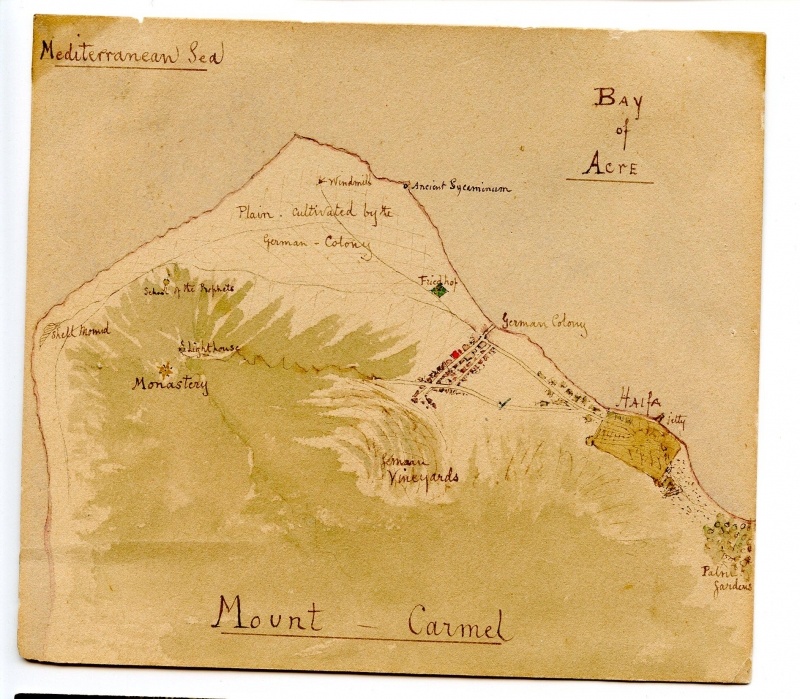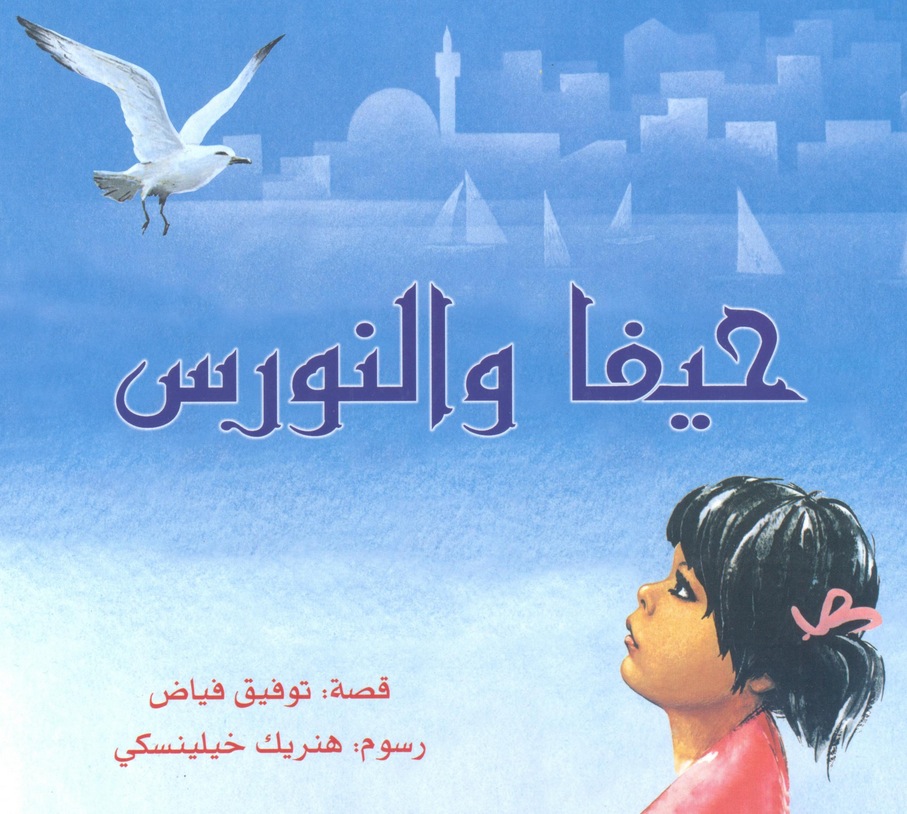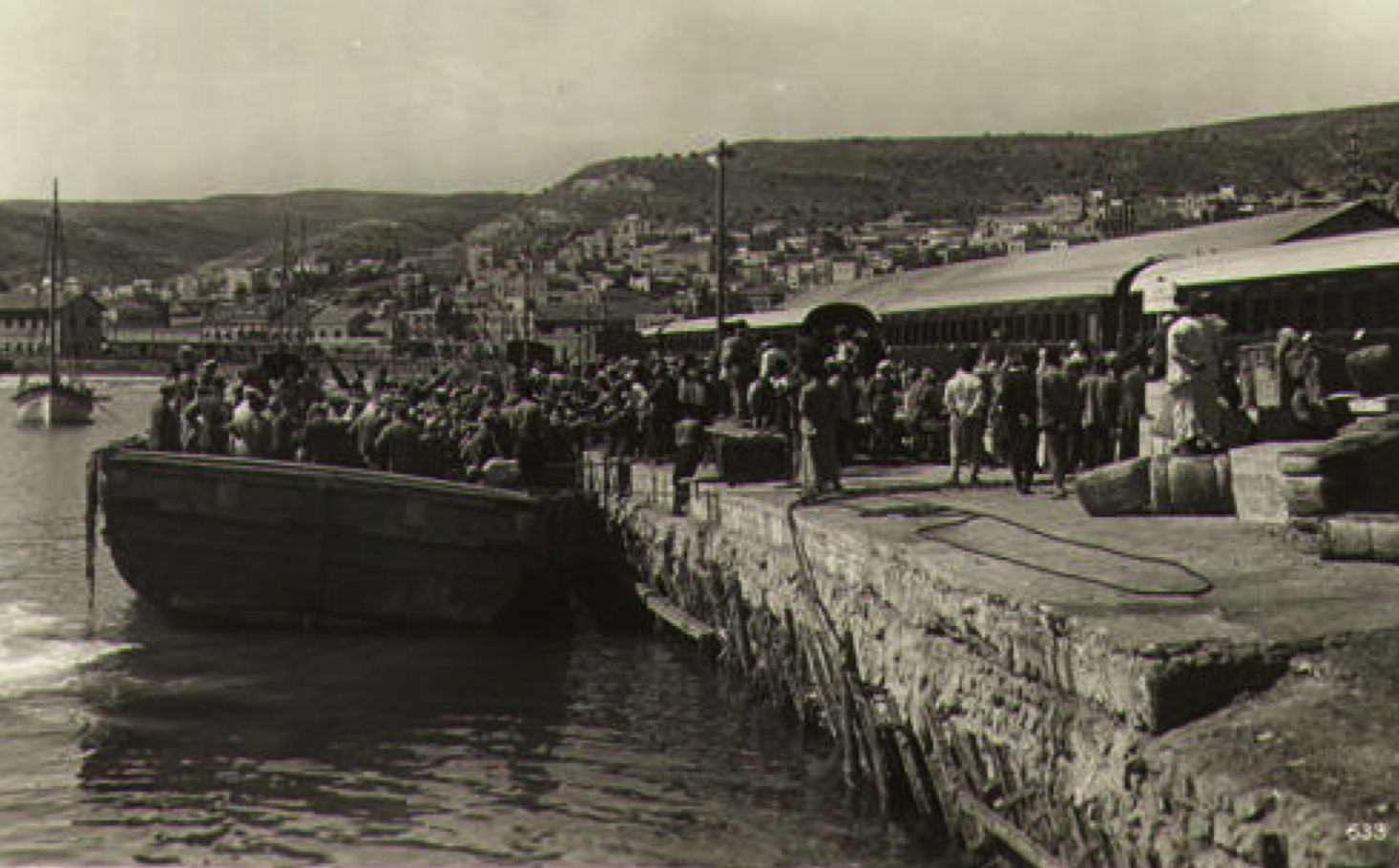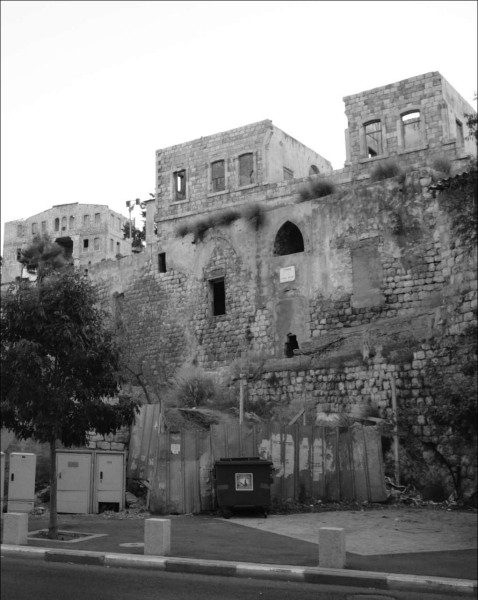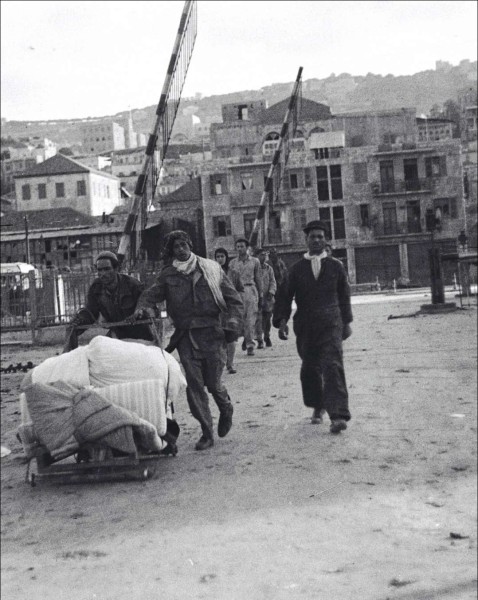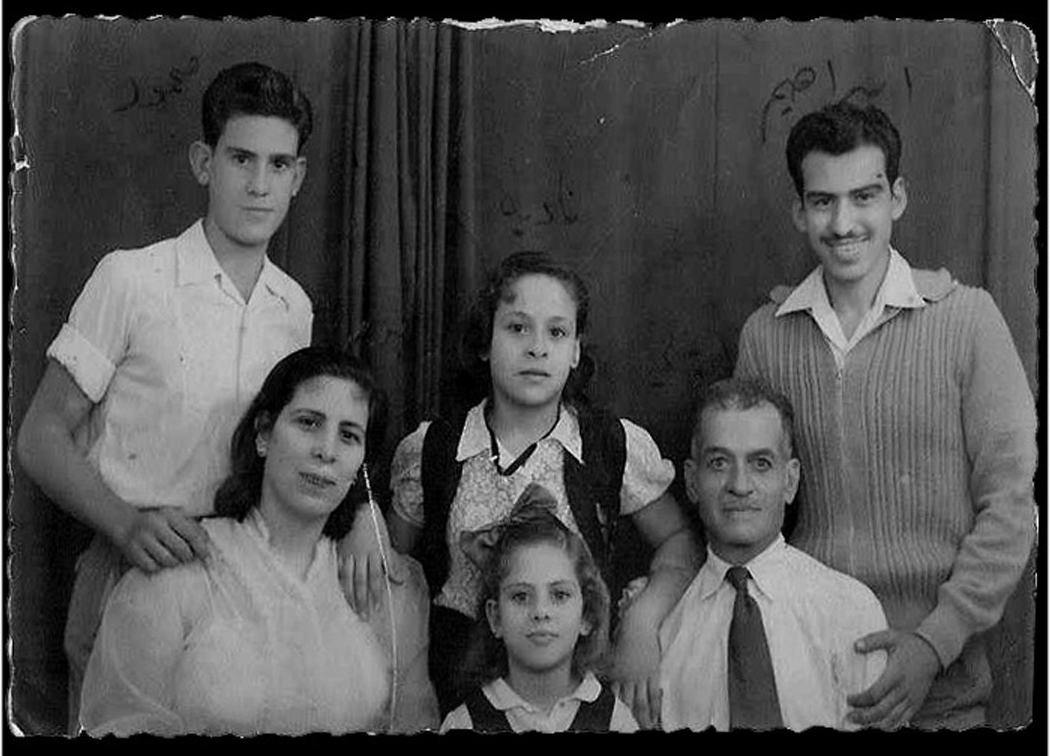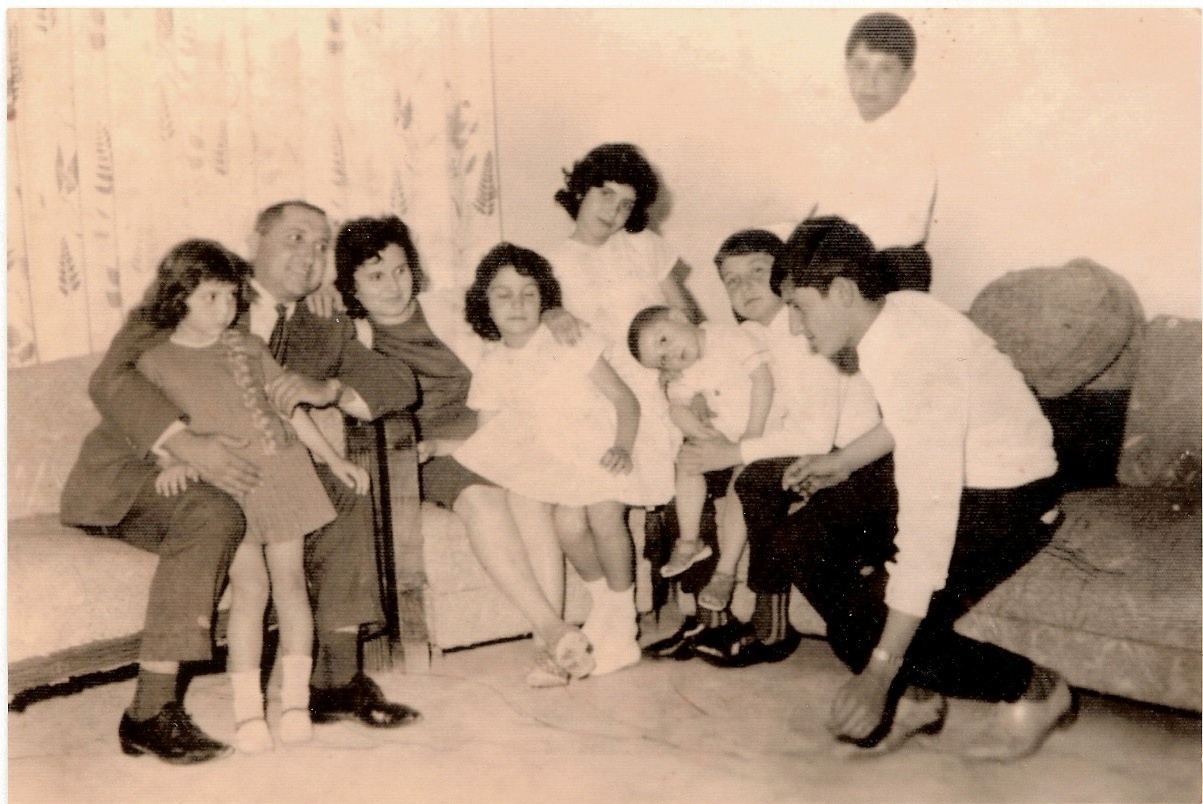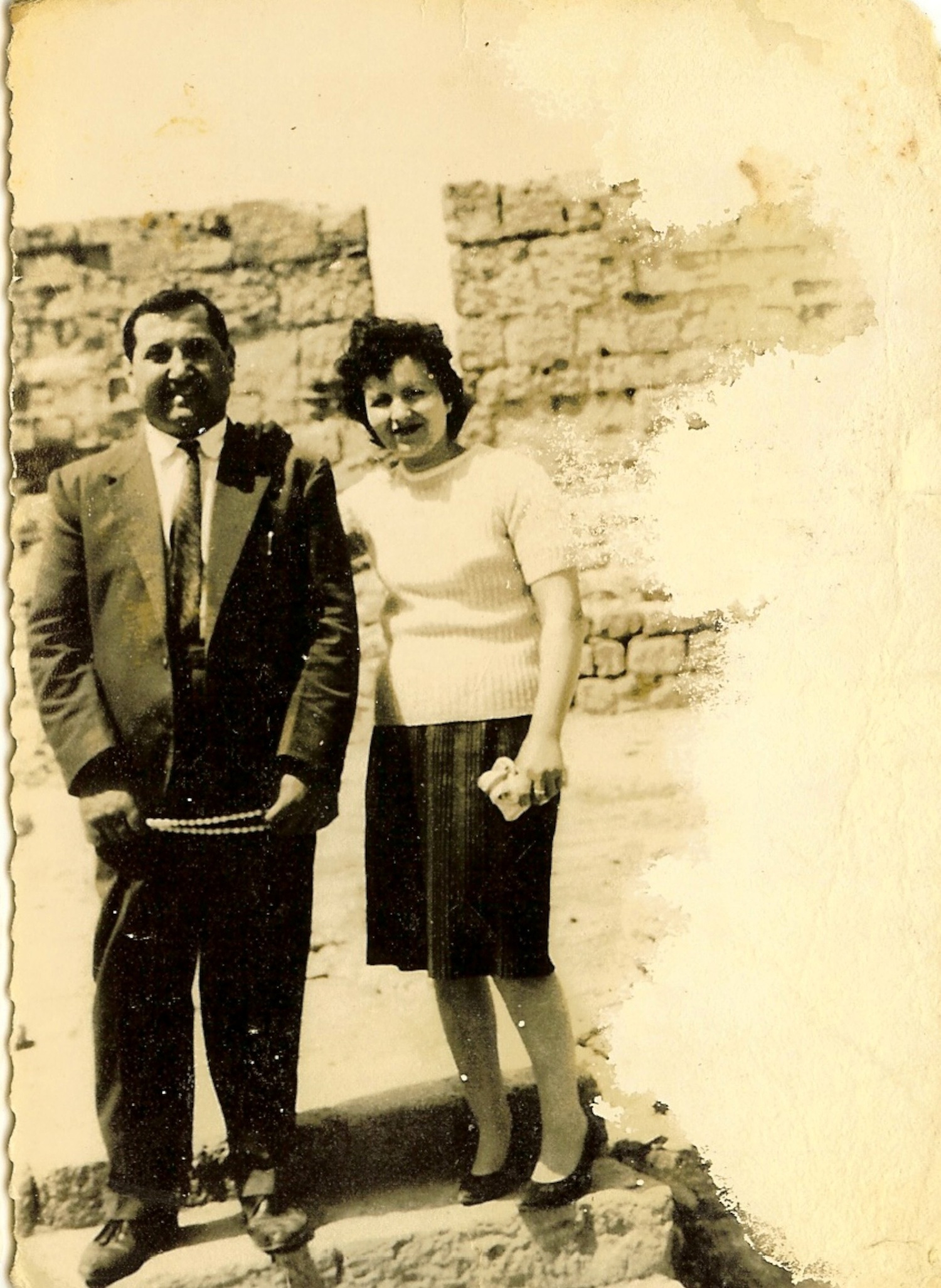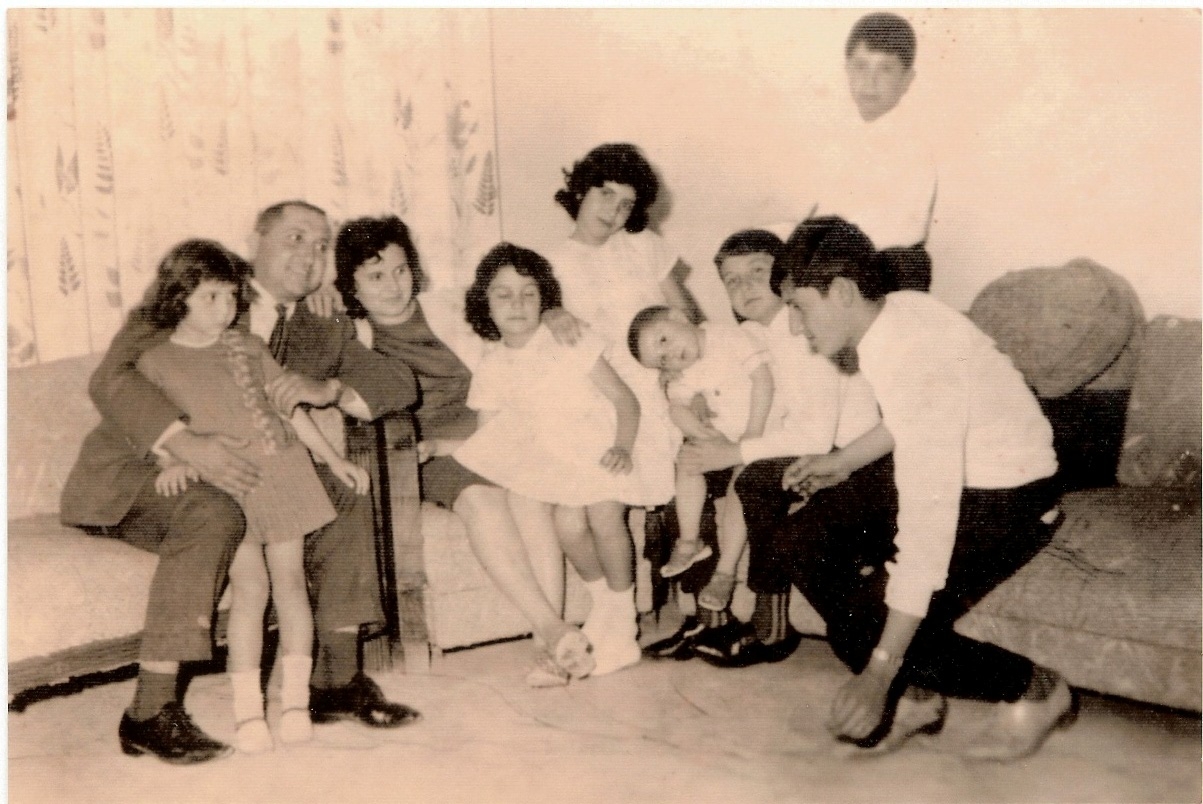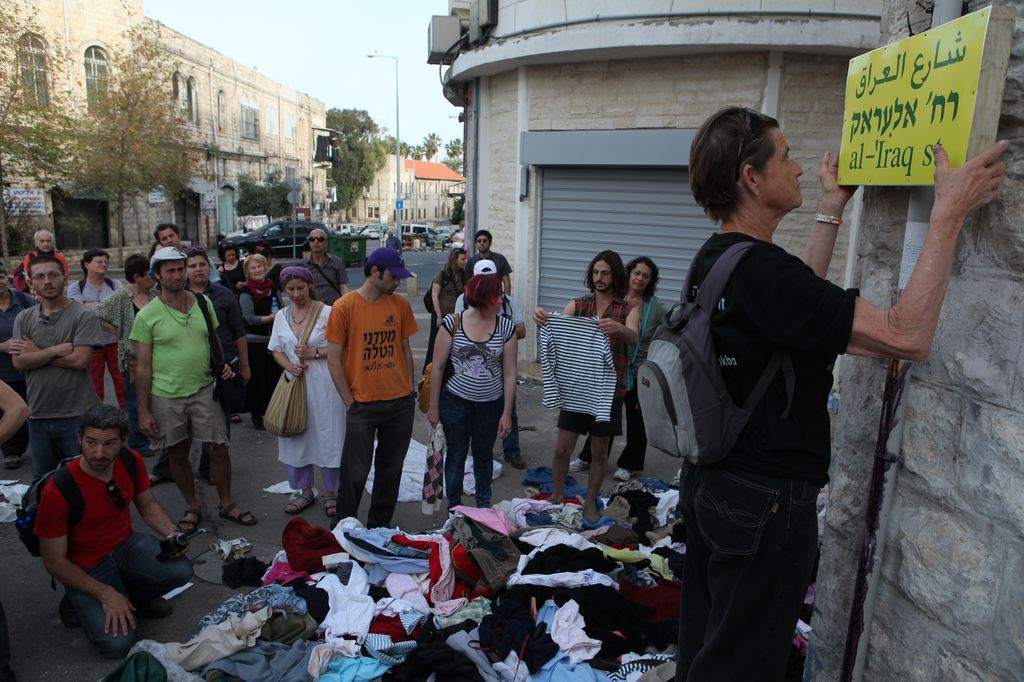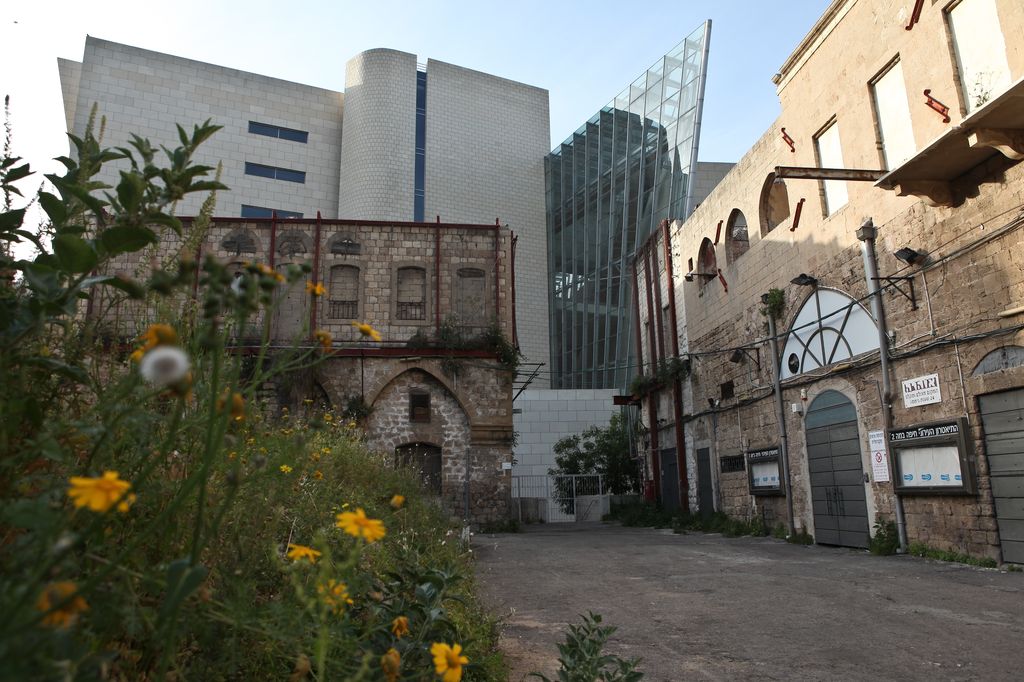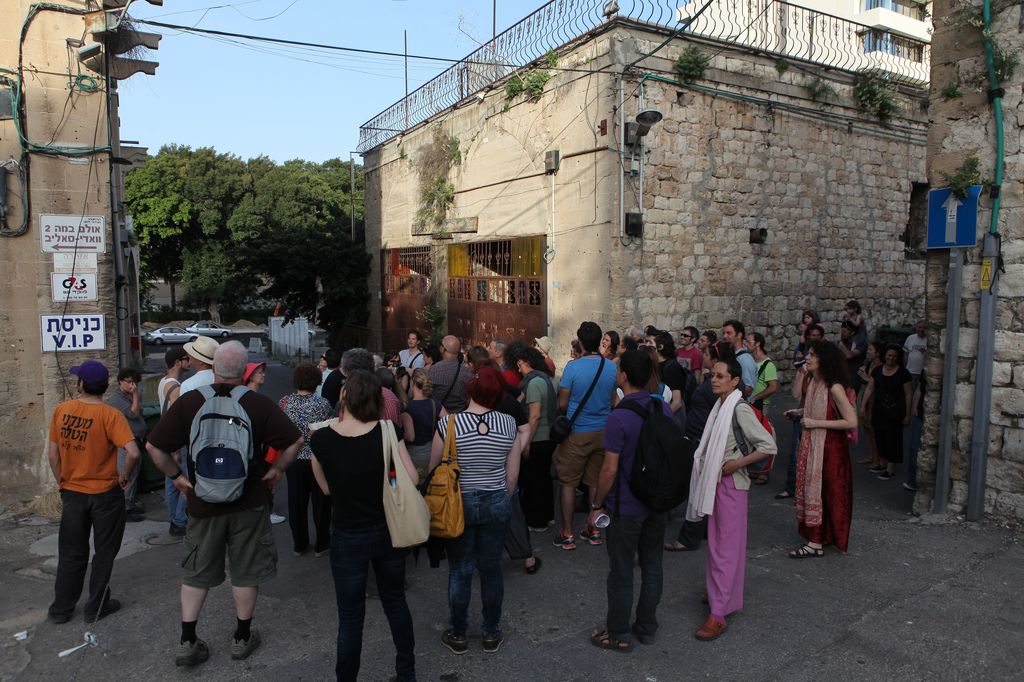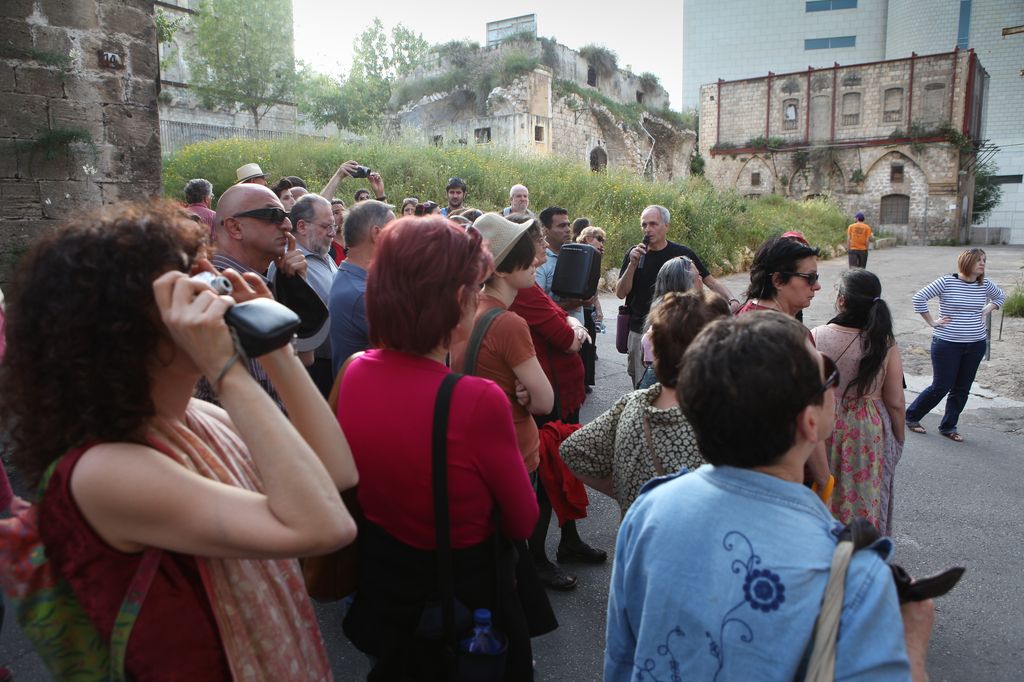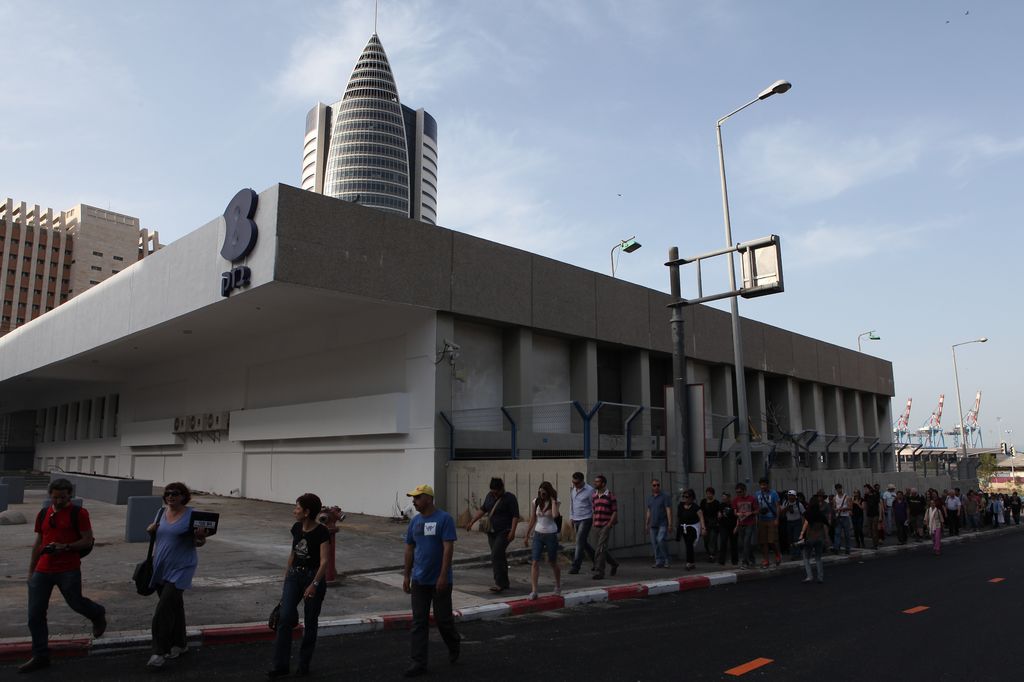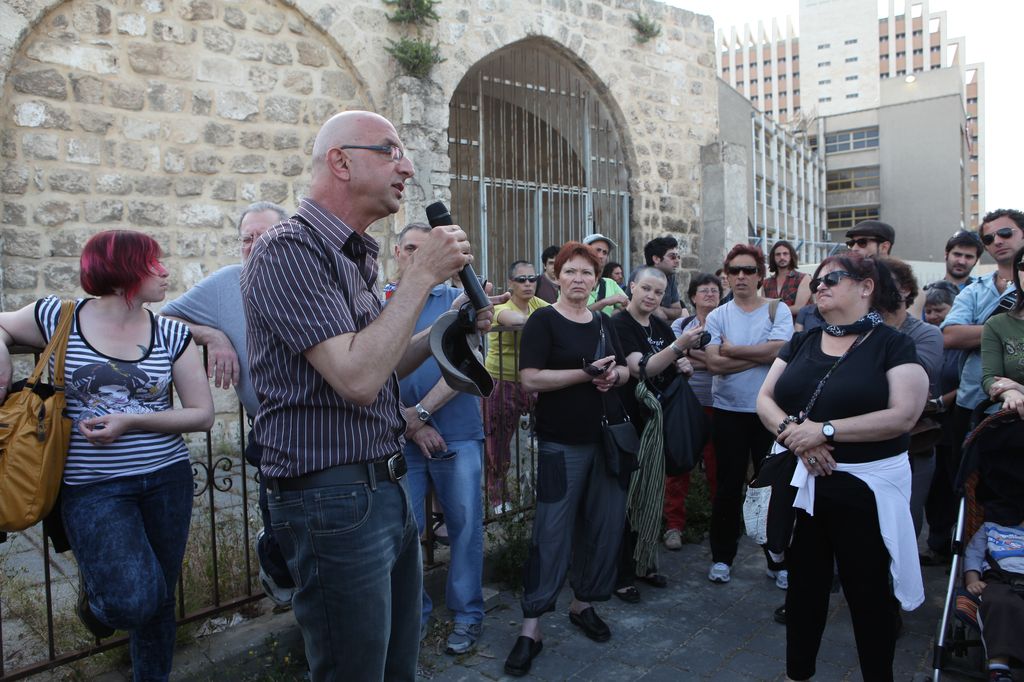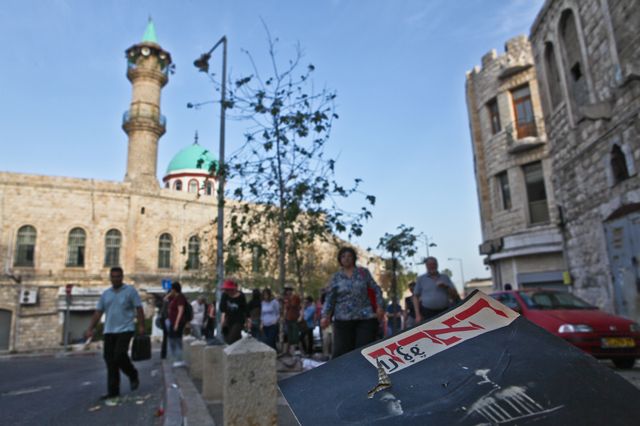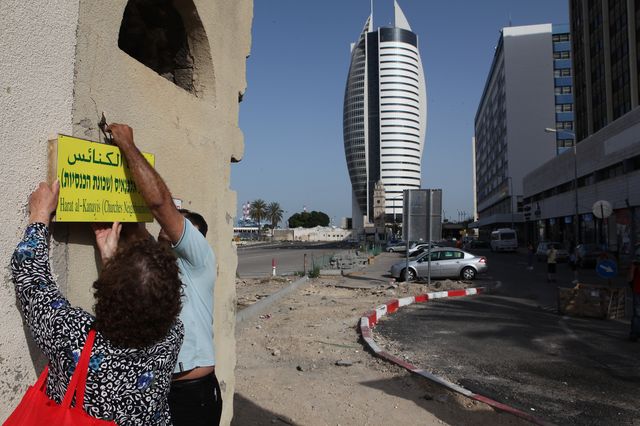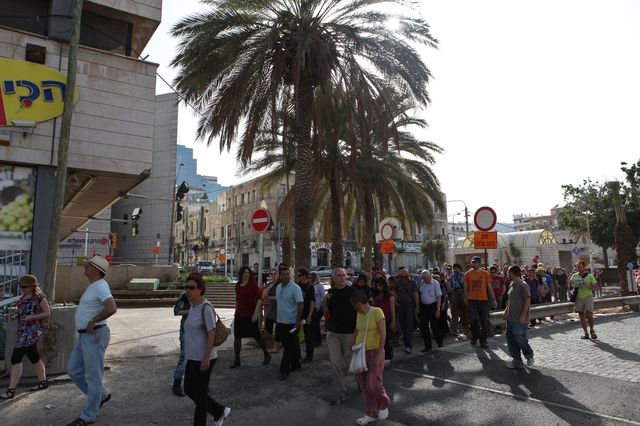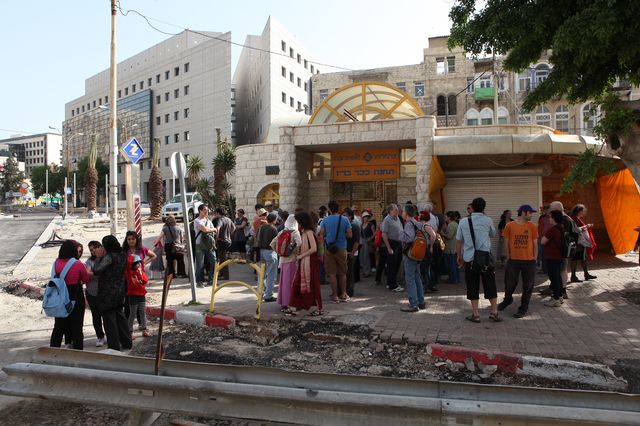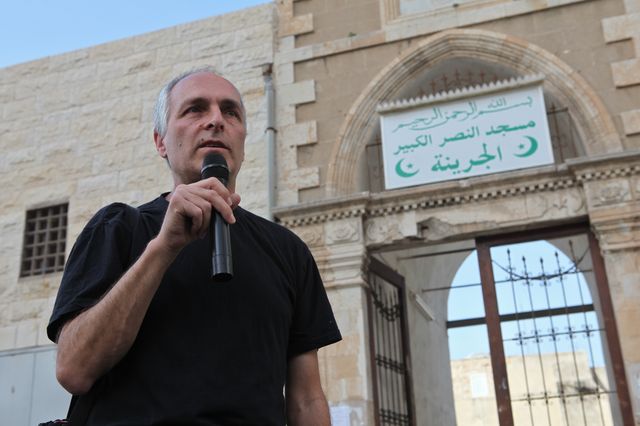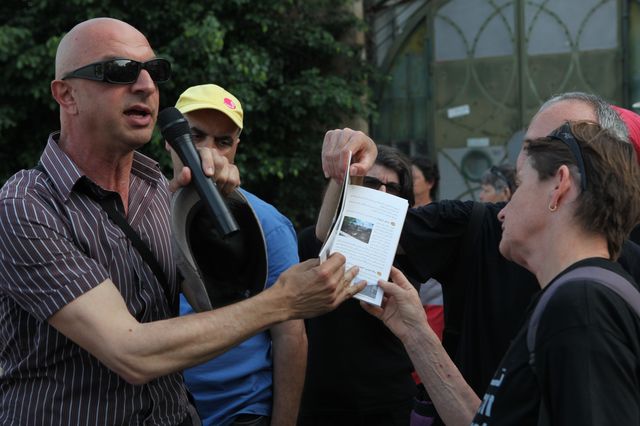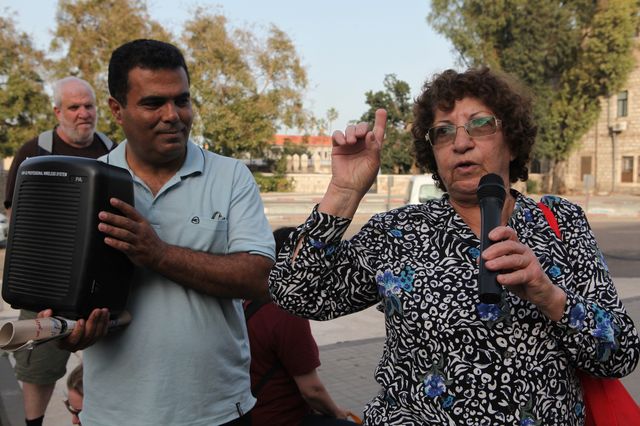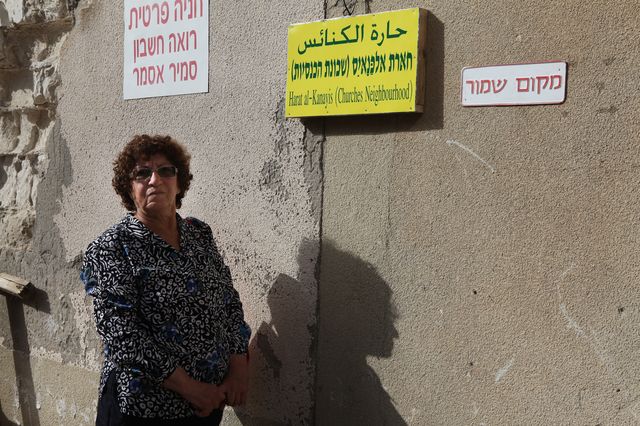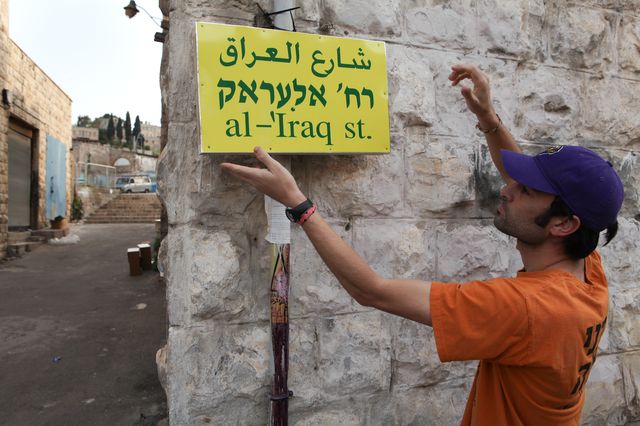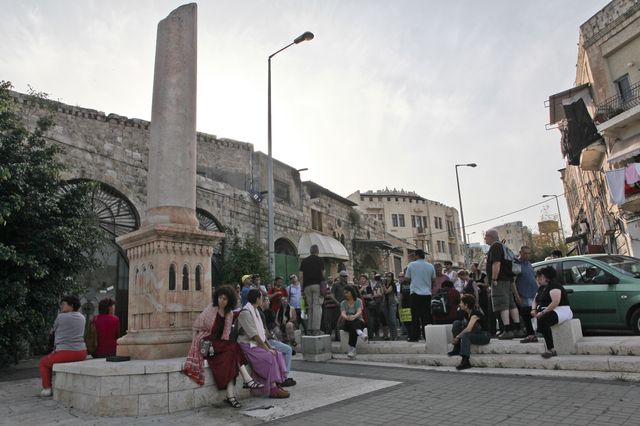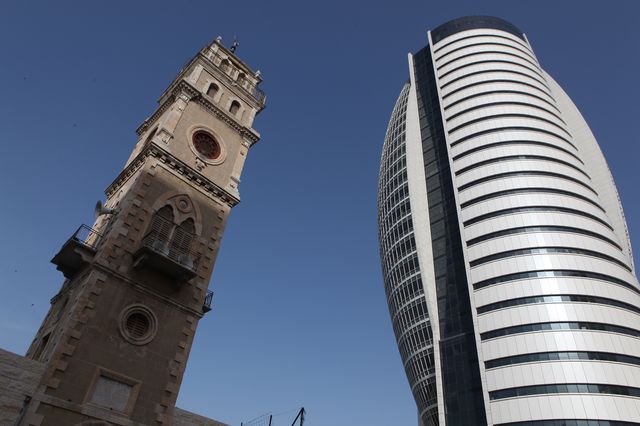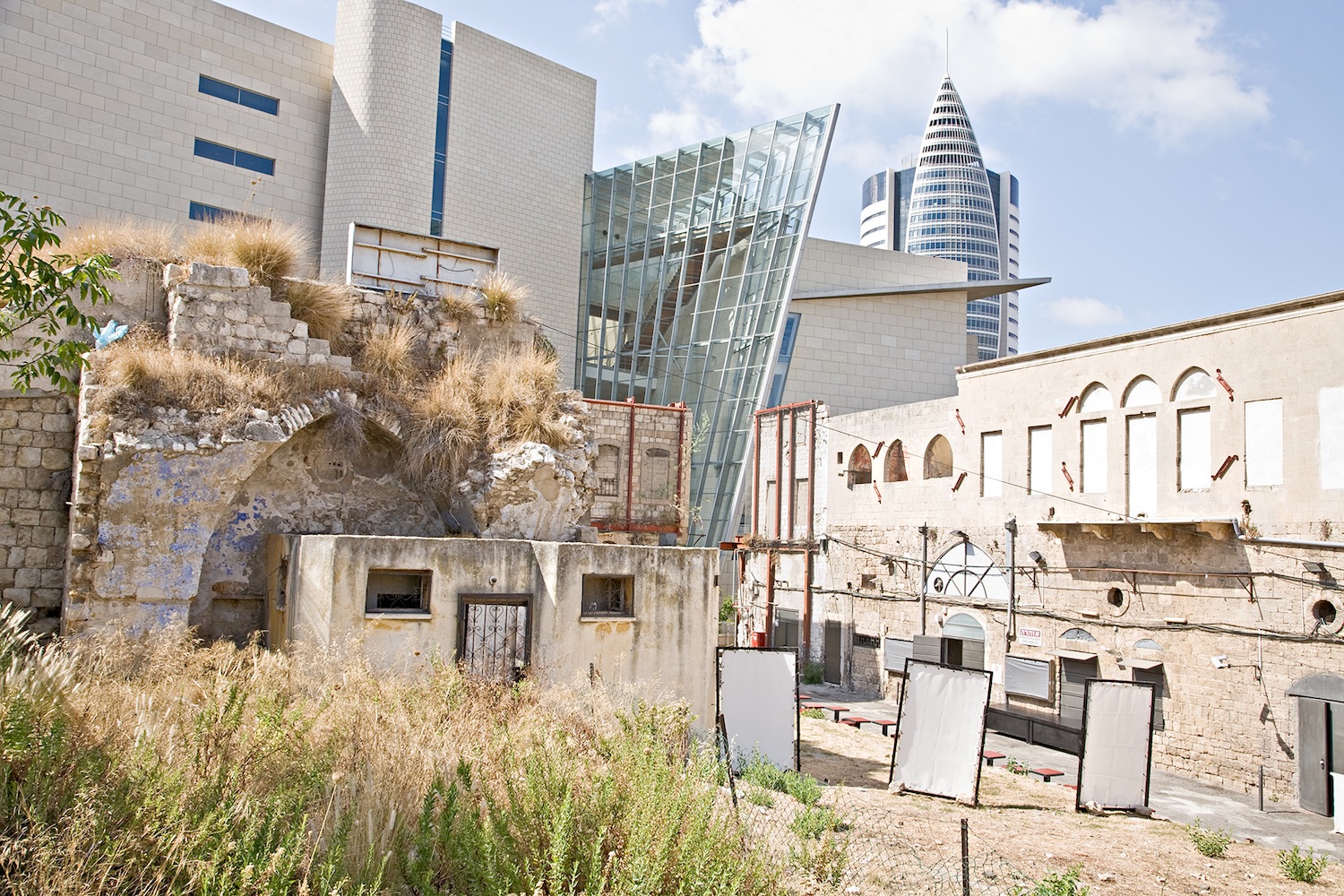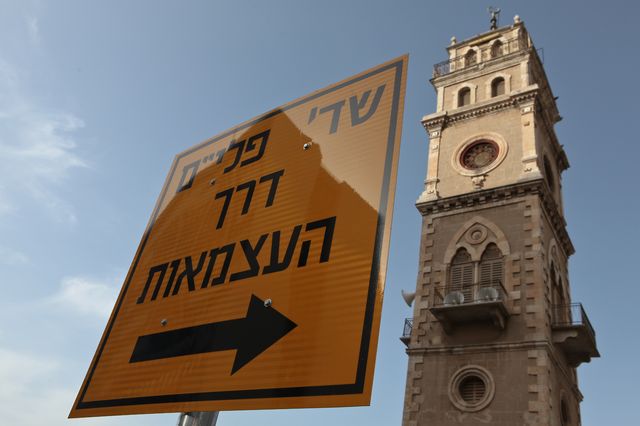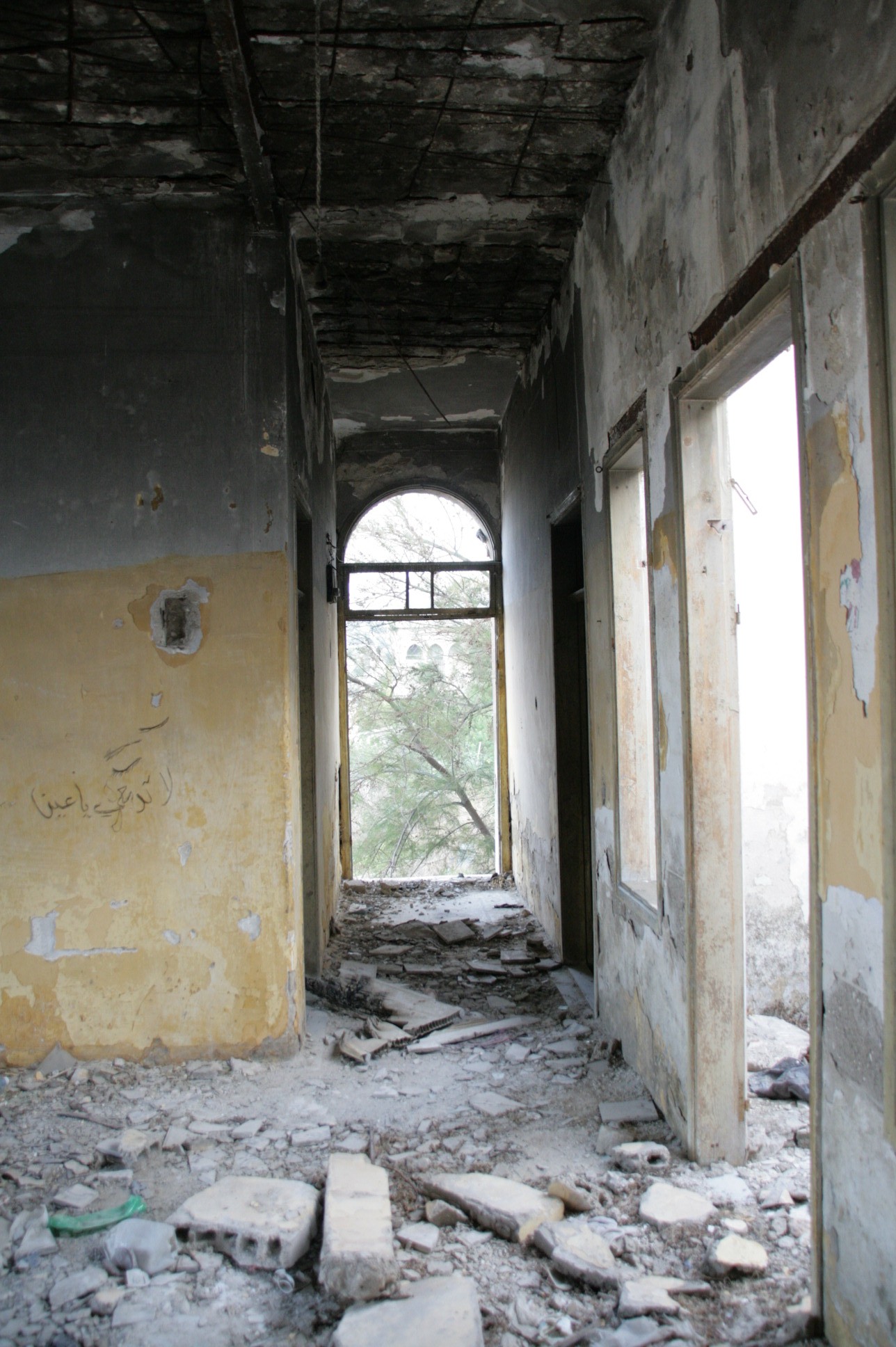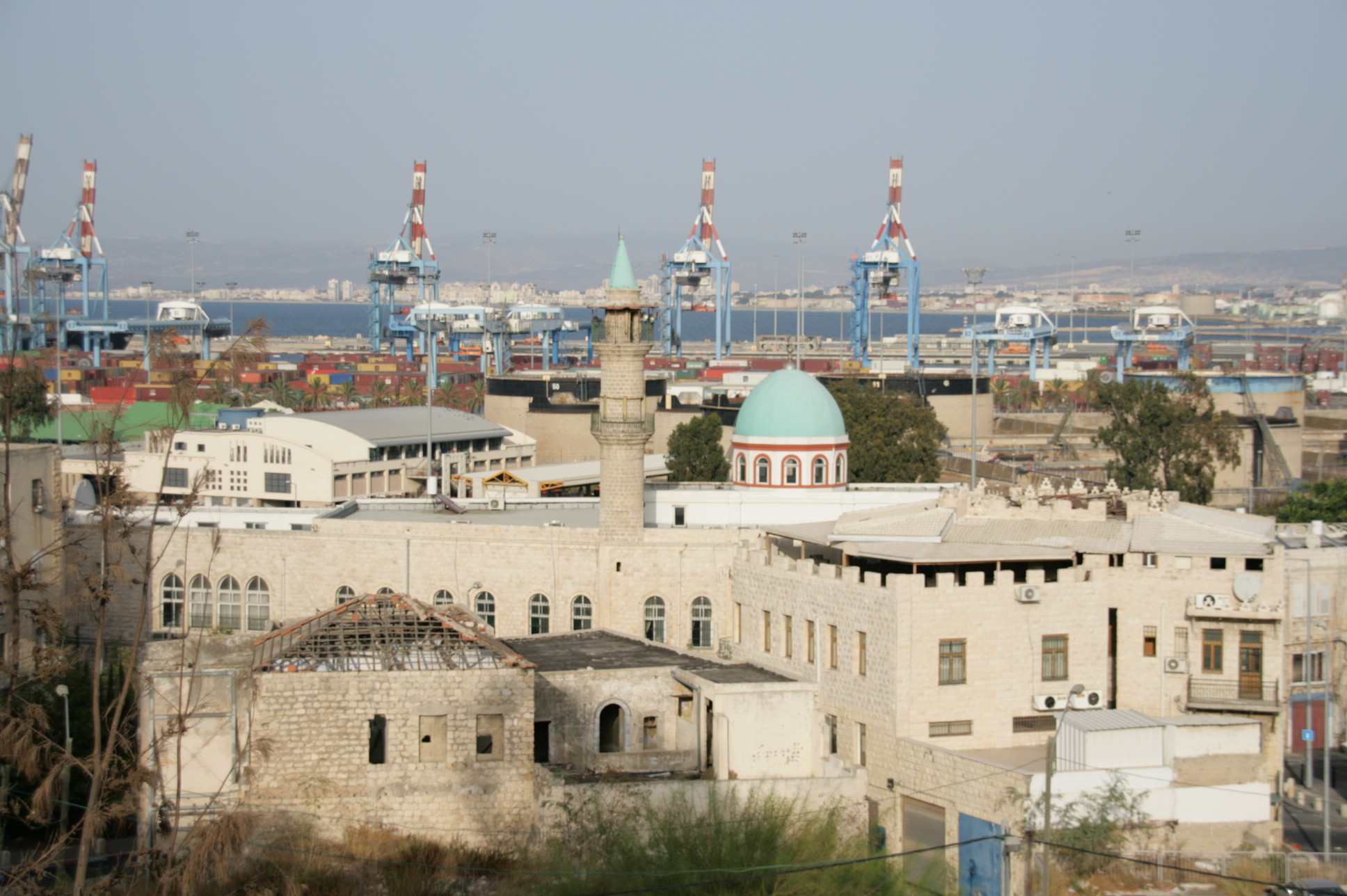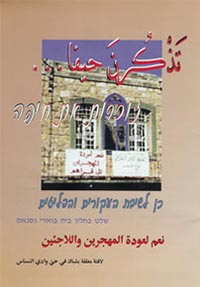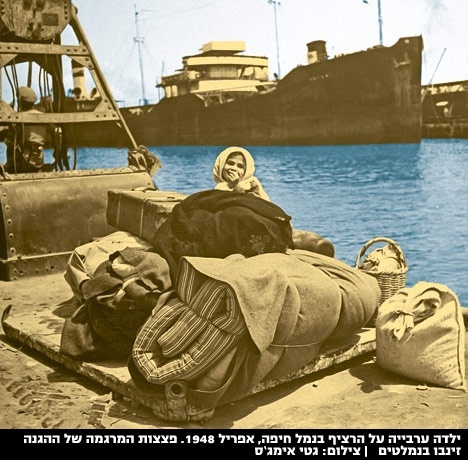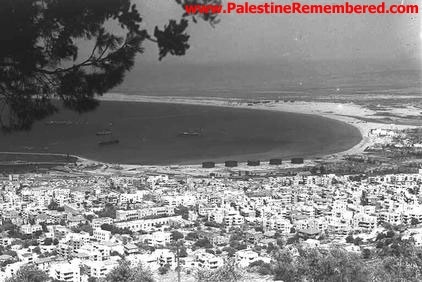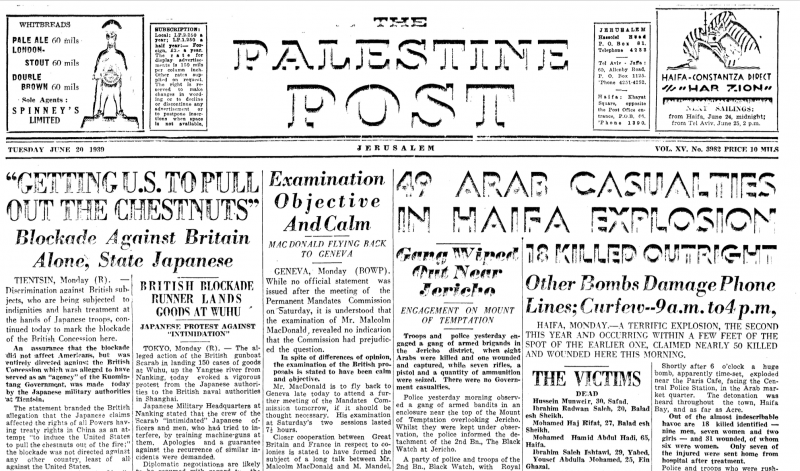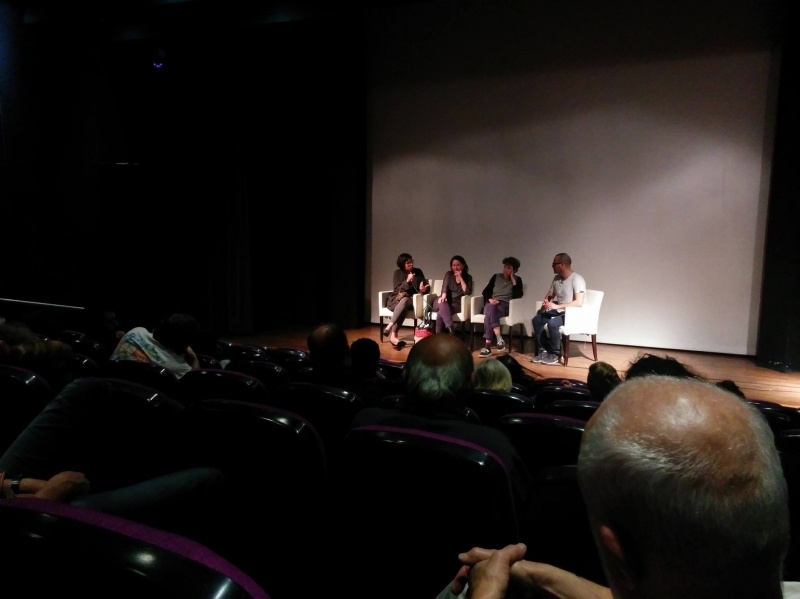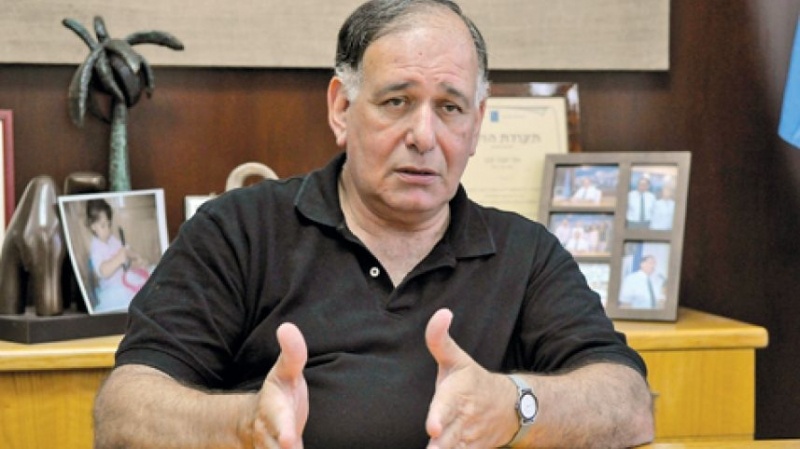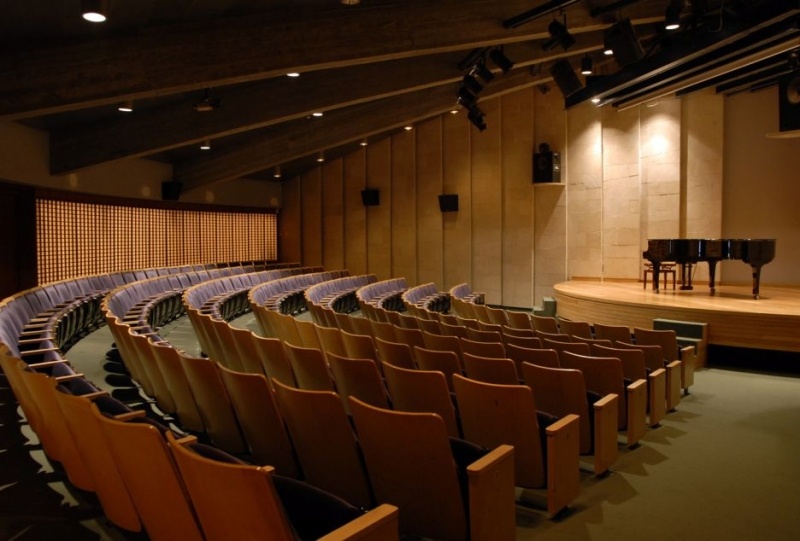Info
District: Haifa
Population 1948: 72850
Jewish settlements on village/town land before 1948: None
Jewish settlements on village/town land after 1948: None
Background:
Haifa was once a small port in Greek and Roman times, as appears from archaeological evidence. Throughout history, the city has been controlled by different rulers amongst which Crusaders, Ayyubids, Ottomans, and Napoleon. Under the rule of the Ottoman authorities, Daher al-Omar al Zayani (1690-1775), known as “the virtually autonomous Palestinian Arab ruler of northern Palestine” (1) played an important role in history of Haifa in the mid-18th century. After a failed attempt to annex Haifa in 1761 by Uthman Pasha al Kurji, an Ottoman governor, Dahir rebuilt Haifa a couple of kilometres away from the old centre of Haifa. The new city was easier to protect and had significant economic and social advantages (2). An important development for Haifa under his regime was that he rebuilt the port. This led to immigration to the city to increase (3).
Haifa during the British Mandate (1917 -1948)
From 1917 to 1948, during the time of the British Mandate, the city attracted workers from outside the city, because of industrial developments. From 1914 until 1948 (right before the Nakba) the total population of Haifa had increased from 22,000 to 155,000, the Arab population had increased to 56,500 and the Jewish population had increased to 76,500 (3). Culturally, the city was often referred to as a 'mixed city’; this way of defining the city was connected to the desire of the British to create a harmonious coexistence between mixed cultures. In reality, the communities seemed more divided (2). Not only culturally, but also geographically; the Arab community was located downhill along the coastline and on the lower slopes of Mount Carmel that faced the port. Before 1948, the Jewish population was established mostly on top of Mount Carmel and in the Bat Galim area (1,4).
Over approximately 200 years, Haifa developed into a dynamic and contemporary city with a modernised transportation system connecting the city to other important cities, such as Damascus and Cairo (1,5). The city came to play an important role for the transportation of goods and became illustrious as a local industrial metropolis. Furthermore, on a social and cultural level, Haifa revived. Haifa was a lively and energetic city, having over thirty newspapers and in the evening people had the chance to go to theatres and music groups (1).
Haifa in 1948
In the run up to the Nakba, the Palestinian population became increasingly aware of the expanding Zionist project and started to spread awareness among their community about this development. Fear and panic among Palestinians prevailed, because one could feel something bad was going to occur (1). The days of Palestinians living in Haifa were numbered on 10 March 1948. Important Zionist chiefs made plans to strive towards a Jewish state that contained detrimental intentions for many Palestinian cities and villages, including Haifa. The result of this became evident on the night of April 21, 1948. The Jewish settlements based on Mount Carmel appeared to be a very convenient place for the Haganah that could easily bombard the lower situated Palestinian neighbourhoods and business centres (1,6). They worked out Plan Dalet, a plan designed to create a Jewish state by taking control of Mandatory Palestine. Ben Gurion received a note from officials of the Jewish Agency that a ‘Golden opportunity’ had emerged to undo Haifa from its Arab character. The way in which this golden opportunity could be substantialized was rather cruel, implicating the command to “demolish 227 houses” (8). Maklef, the Jewish officer of the Carmeli Brigade, commanded his troops to destroy the Arab neighbourhoods, inclusive of the Arabs that were still there. A maximum of 500 Palestinian resisters had to defend themselves in vain against 5,000 soldiers from the Hagana and Irgun Zvai Leumi (a violent right-wing Jewish organization). Palestinians left their houses and went to the marketplace. Subsequently, when Zionist commanders found out, this place was also bombarded (6). People even began to flee by boat. Different sources providing information about the event indicate that the situation went hand in hand with severe panic and hysteria (1,5,6). “Men stepped on their friends and women on their own children. The boats in the port soon filled with living cargo. The overcrowding in them was horrible. Many turned over and sank with all their passengers” (6). In the meantime, the British played a minimal role in the occurrences, refusing to intervene. All they did was help evacuate Palestinians from their houses. They took some of the Palestinians to Acre and some further to Lebanon (5). The effects of the Nakba became indisputable, the Palestinian population in Haifa decreased from 75,000 to 3,500, whereas the Jewish population constituted more than 90% of all inhabitants (6).
Haifa after the Nakba
However, the removal of Palestinians and Palestinian culture continued after the event and went together with the increased presence of Jews and Jewish culture in Haifa. Palestinians that were still in Haifa were urged to go to the neighbourhood Wadi Nisnas, that was supposedly planned by members of the Knesset to turn into a ‘ghetto’ (9). Life in those neighbourhoods was tough because of strict policies they were subjected to. Like in many places in Palestine, the absentee property law was used by the Jewish authorities to take hold of the Palestinian houses on a seemingly ‘legal’ way. Based on this law the Hagana established organizations to efficiently allocate Jewish people into the Palestinian houses. Besides, a lot of Palestinian houses were systematically destroyed. After complaints of the Arab Committee, a board accountable for the recovered houses was created. However, all the recovered houses were turned over to the Israeli Army. Within a year, the Jewish population in Haifa increased to the amount of 140,000 (5).
Haifa after the Nakba was planned to be an Ashkenazim city. According to the Jewish authorities, Palestinian history in the city should be minimized and a Western appearance was desired (1). The colonization went further than removing Palestinians from their land. One could also speak of cultural and historical colonization. The new inhabitants of Haifa cleared away Arab culture and renamed street names after important Zionist figures (5). Studies indicate that up to 80% of the original names of neighbourhoods and streets has changed (1). The way the Jewish culture overshadowed the original Palestinian culture made Palestinians lose hope about the idea of ever being able to continue their normal life (6).
Haifa now
Haifa in present day has a population of 250,000 people, of which 90% is Jewish. Jewish housing agencies are still the ‘legal owners’ of the houses in Haifa and 70% of Palestinians in the city rent their houses from these agencies. For this city, it appears that the Nakba is still on-going through long standing Israeli policies that make it more and more challenging to manage to live in Haifa as a Palestinian (5).
In conclusion, Palestinians in Haifa once formed the majority of a dynamic, important, and harmonious city. Today, the only thing that seemingly remained from Haifa before 1948, is the city’s name. The street names, the culture, the houses, and the people... they do not reveal much of the rich history that belongs to Haifa. However, for a small minority of its inhabitants, the eliminated history can never be erased from their memory, for this would mean giving up their identity.
-----------------------------
(1) Philipp, Thomas (2015). ""Ẓāhir al-ʿUmar al-Zaydānī". In P. Bearman; Th. Bianquis; C.E. Bosworth; E. van Donzel; W.P. Heinrichs. Encyclopaedia of Islam (Second ed.). Brill Online.
(2) Yazbak, M., & Yazbak, M. (1998). Haifa in the late Ottoman period, 1864-1914: A Muslim town in transition (Vol. 16). Brill.
(3) Joudah, A. (2015). Zahir al-'Umar and the First Autonomous Regime in Ottoman Palestine (1744-1775). Jerusalem Quarterly, (63), 72.
(4) Ben-Artzi, Y., & Naor, M. (1989). The Development of Haifa 1918–1948.
(5) Palestine Royal Commission Report (London, 1937), pp.348 352; Survey of Palestine (London, 1946), pp.129 131
(6) J. Mansour (2013). Acre and Haifa: Sisters on two sides of a single bay. By: Johnny Mansour
(7) Seikaly, M. (2002). Haifa: Transformation of an Arab society 1918-1939. IB Tauris.
Alternative Tourism Group. (2005). Palestine & Palestinians. Ramallah, Palestine: ATG. p. 340 - 346.
(8) Pappe, I. (2010). Haifa: planned death of a city. Retrieved from
(9) See David Ben Gurion, Diaries, 30 June 1948, and Tamir Goren, From Independence to Integration: Israeli Rule and the Arabs of Haifa, MA thesis, Haifa University.
(10) Such, R. (2012, January 4). Delegitimizing discrimination: struggle of Palestinians in Israel focus of new book.
This article was written by Zochrot Organization in August 2017. Special thanks to Donna Lippes for the research on this paper.


